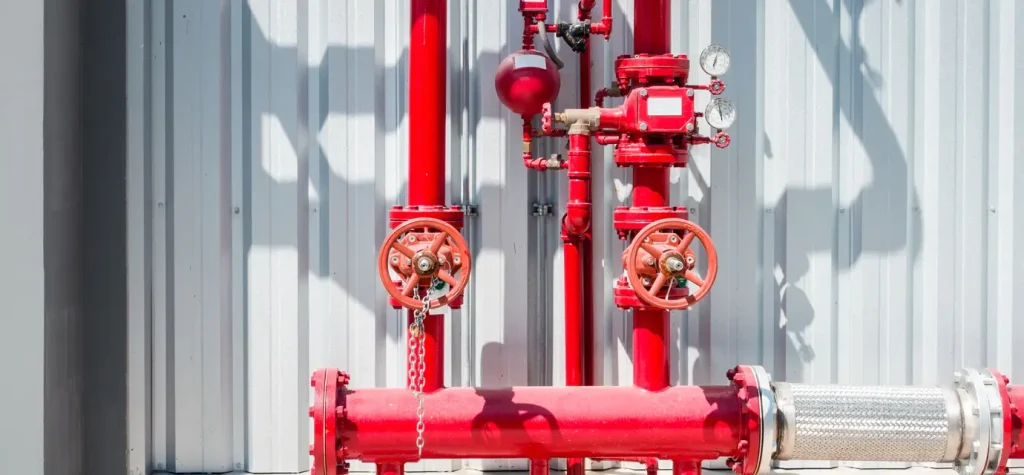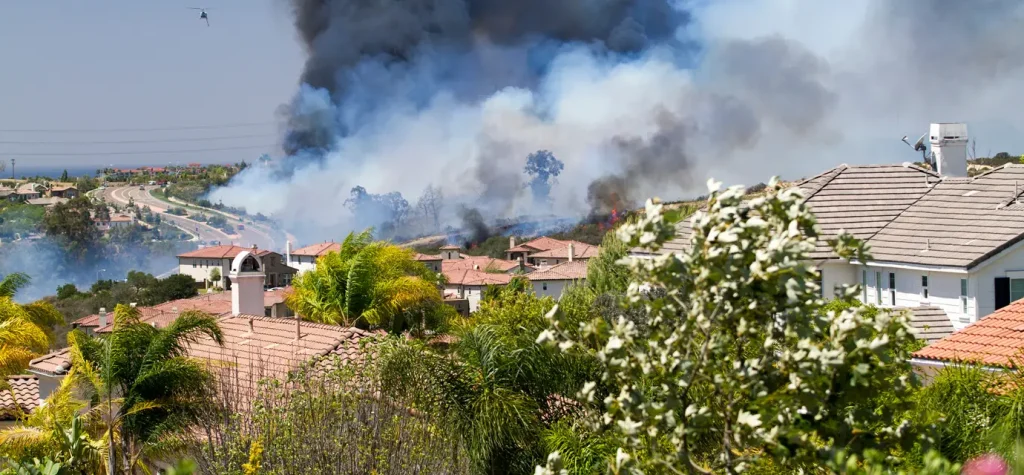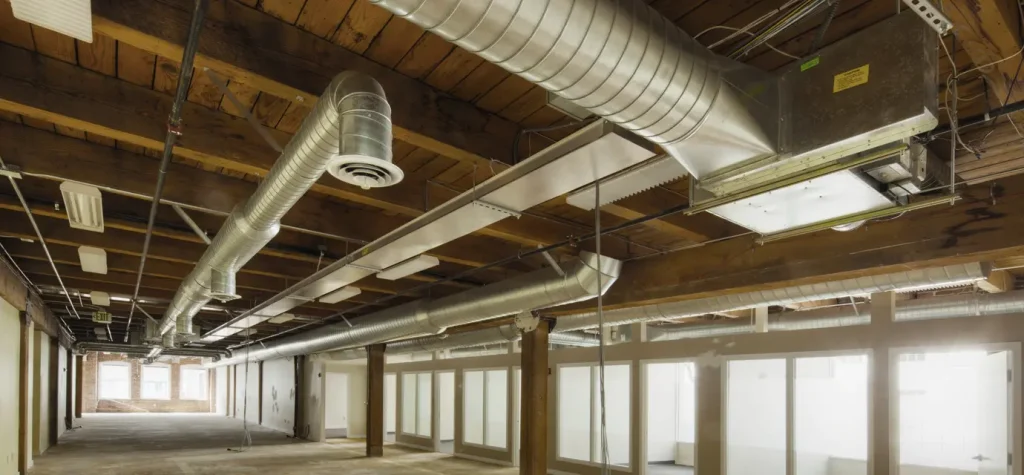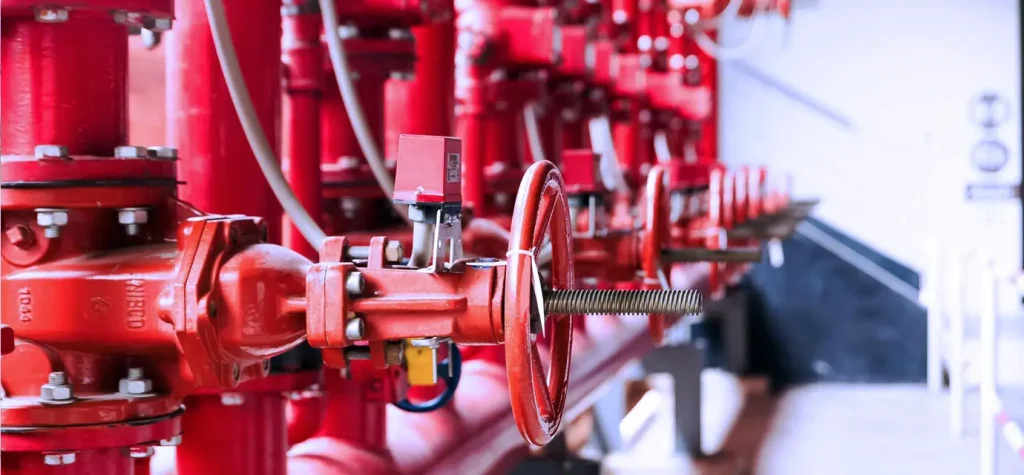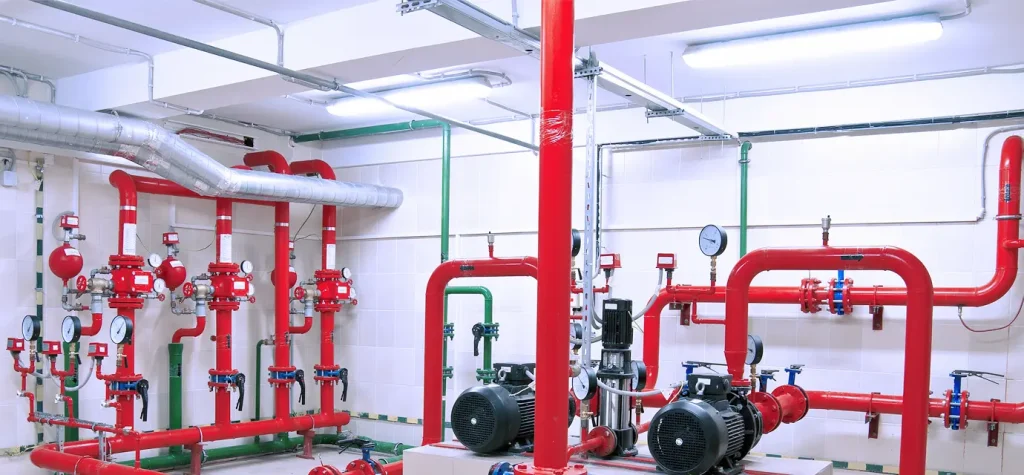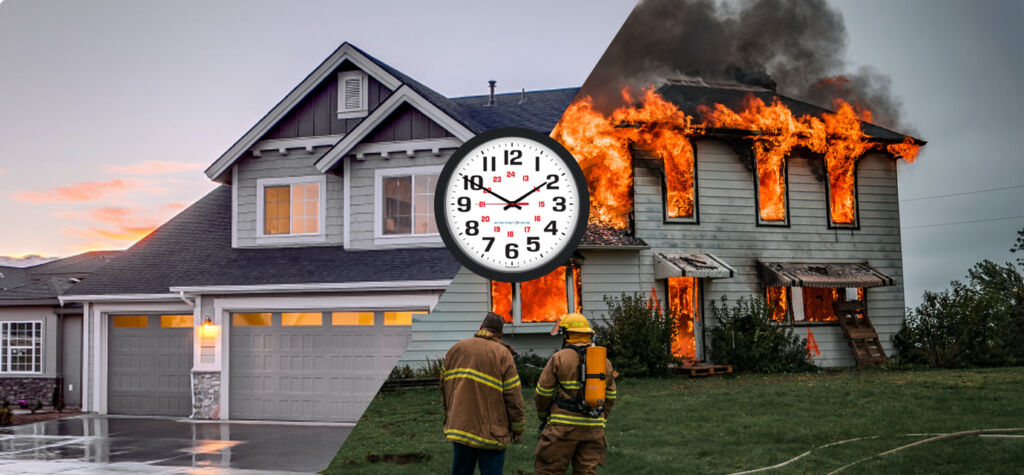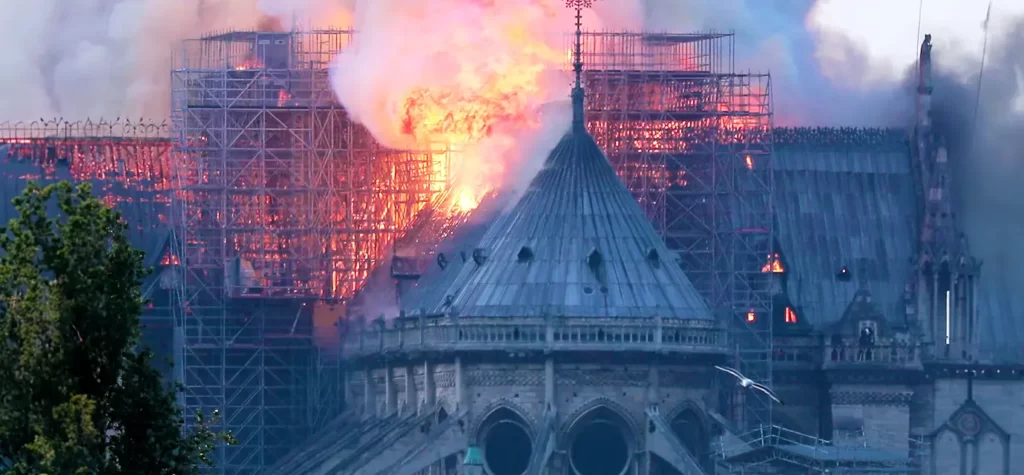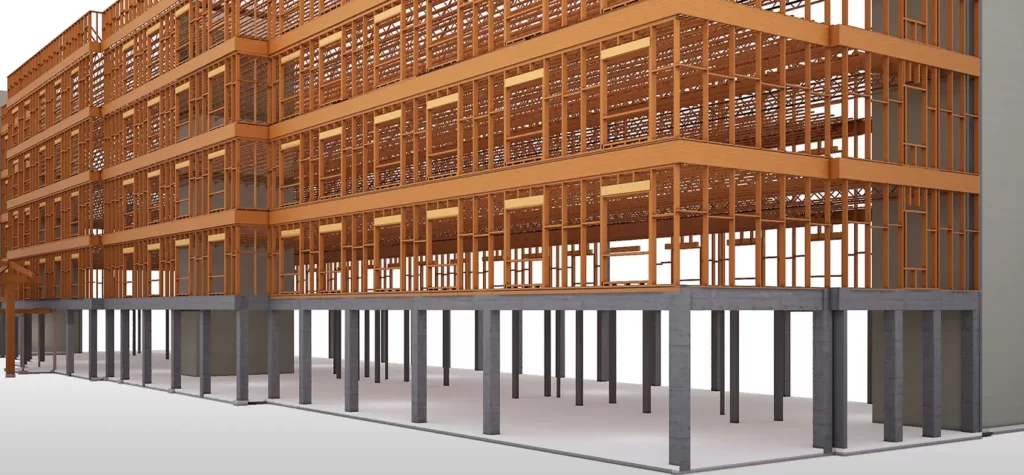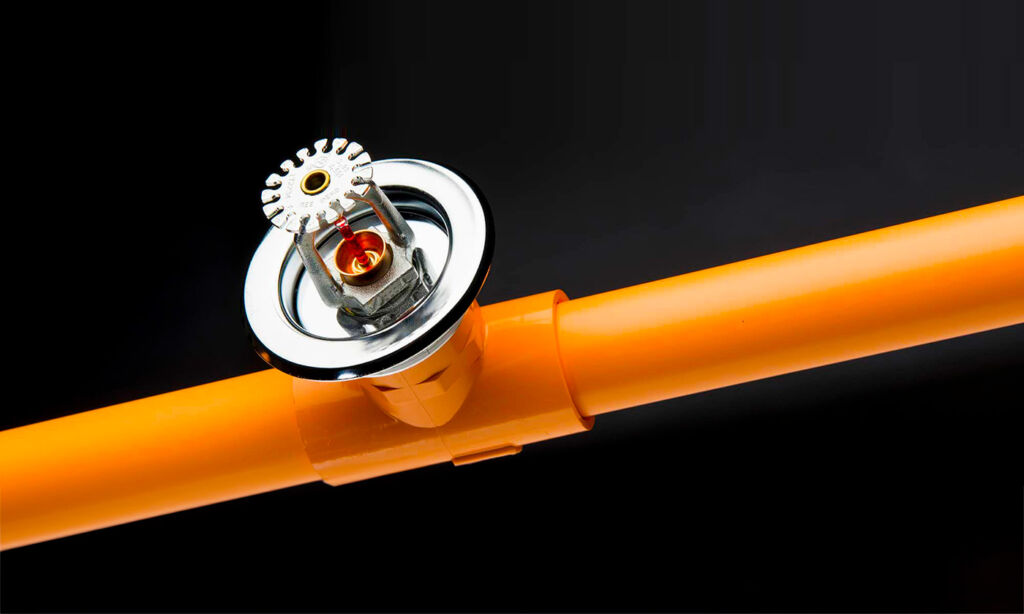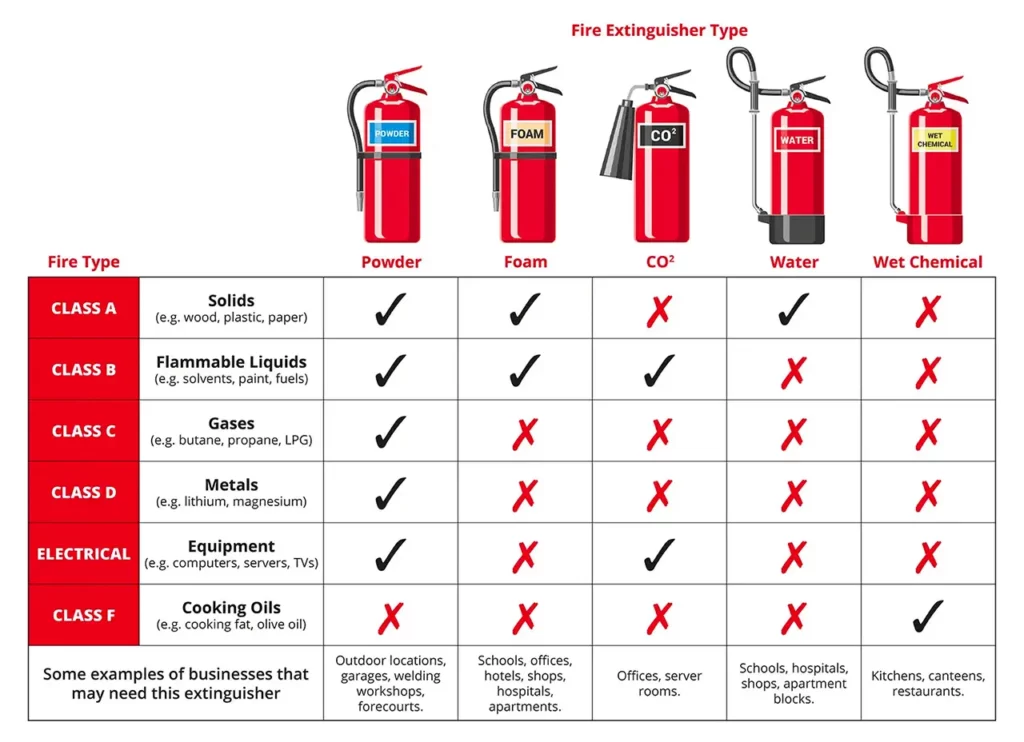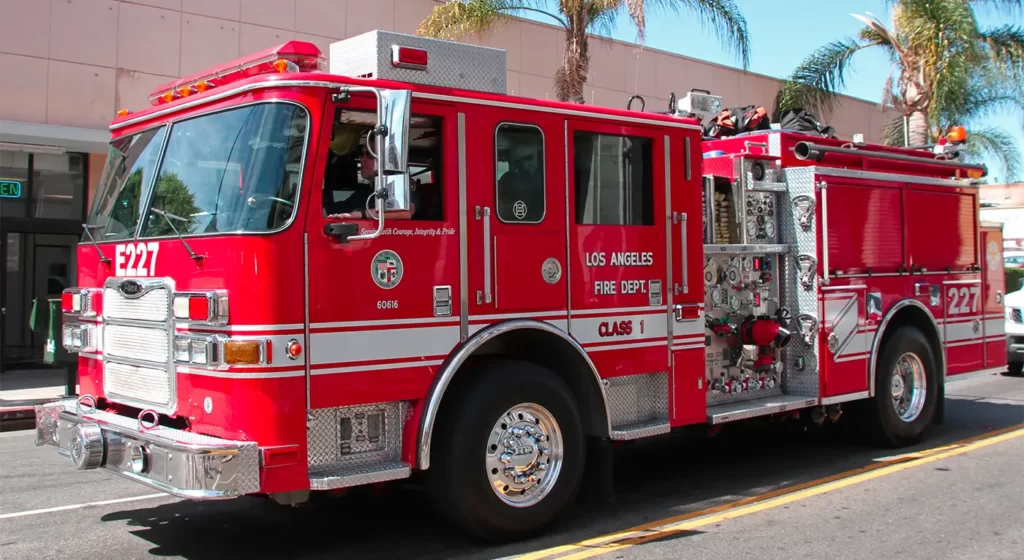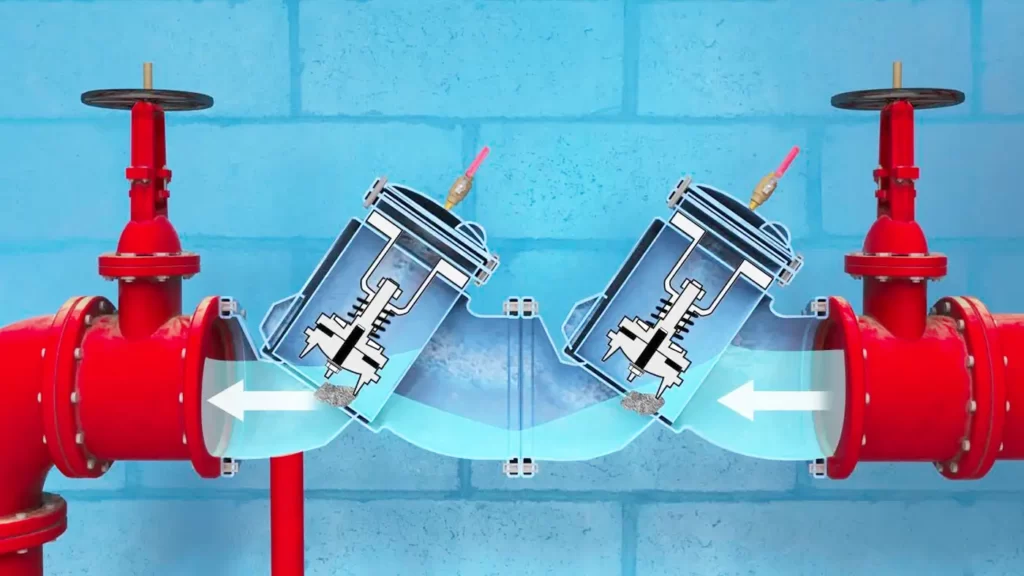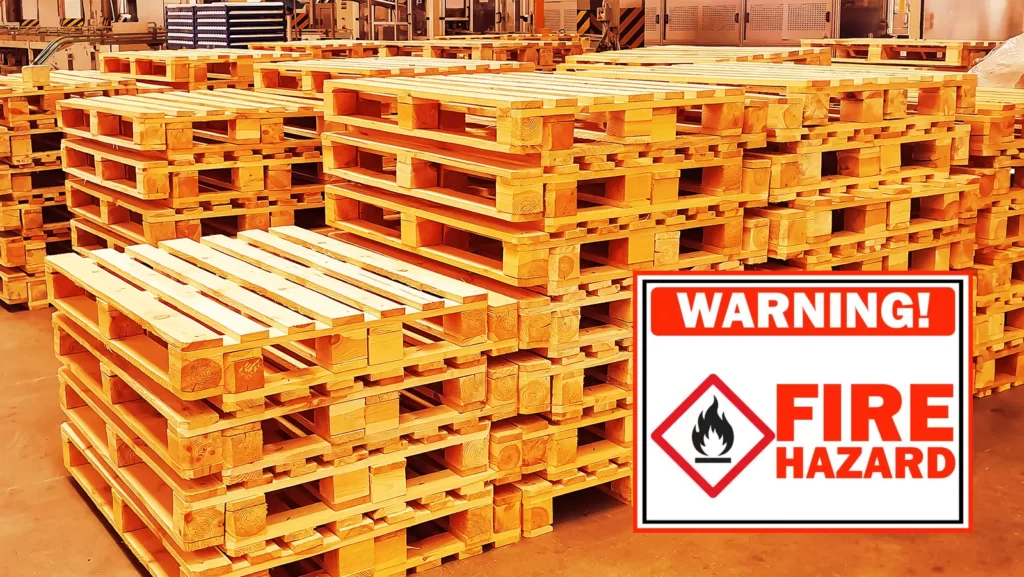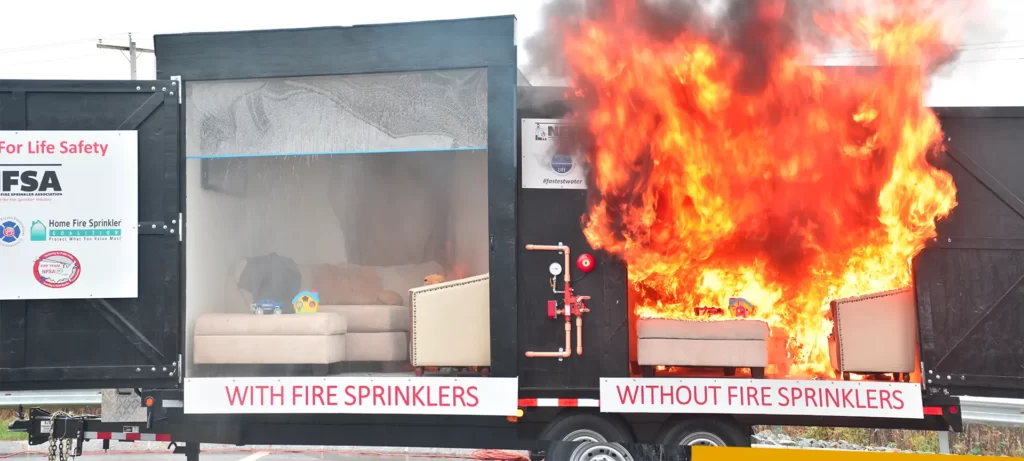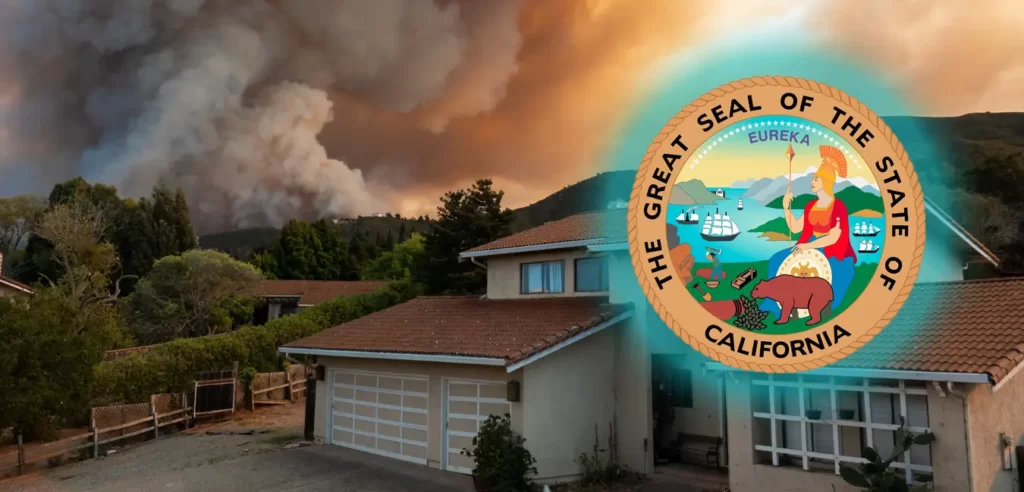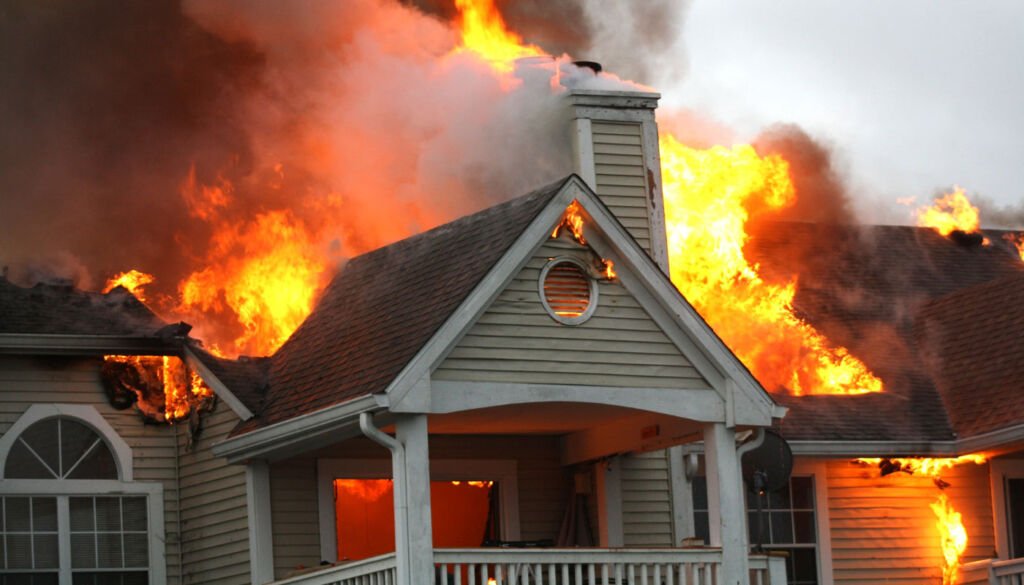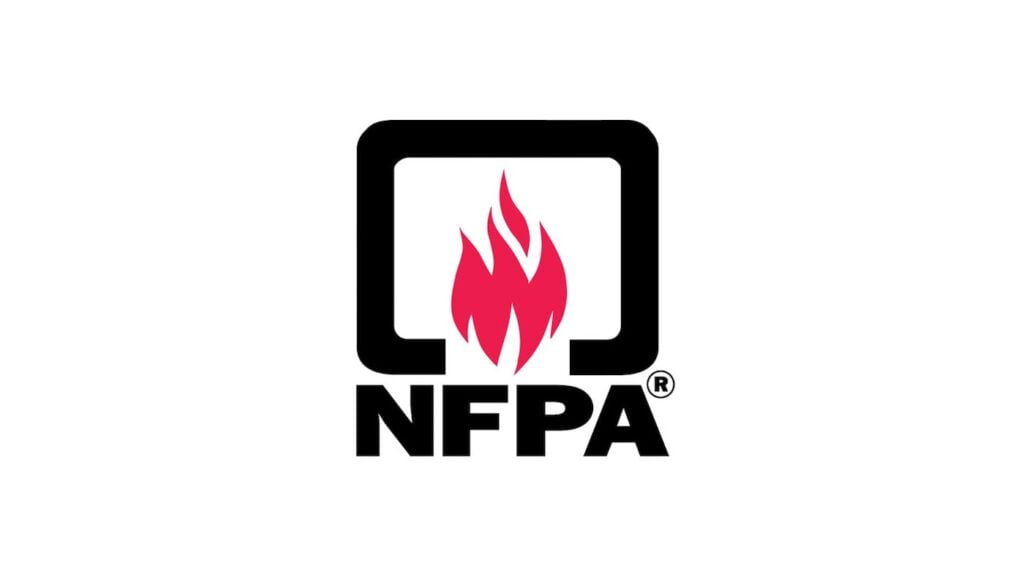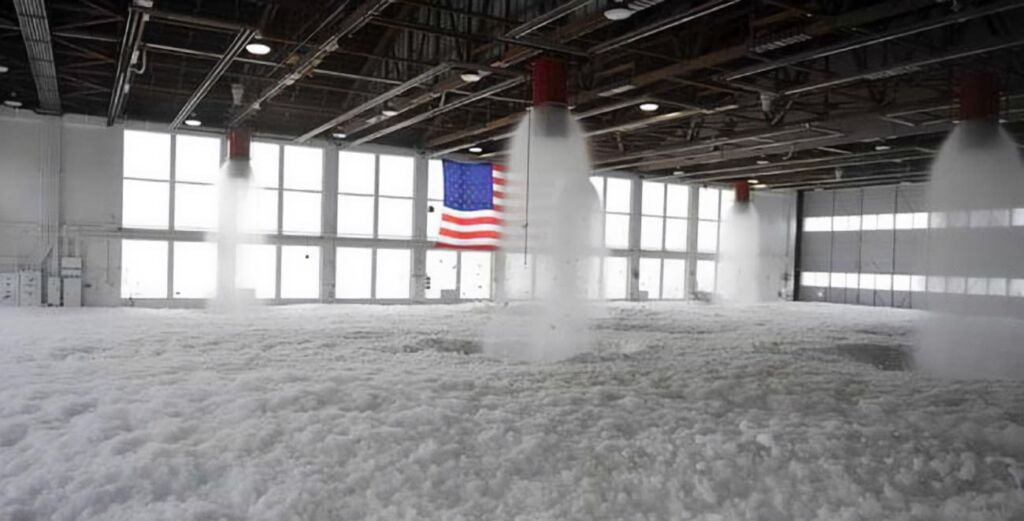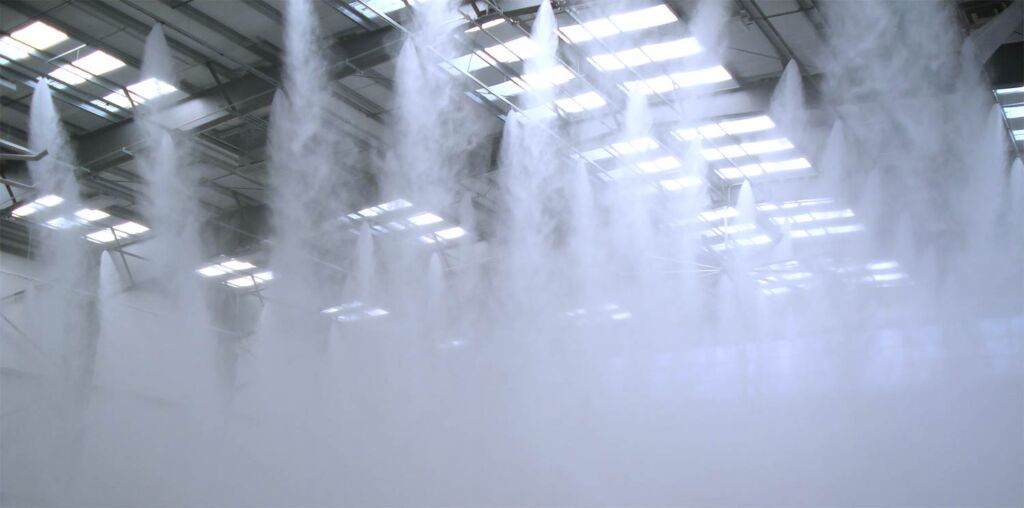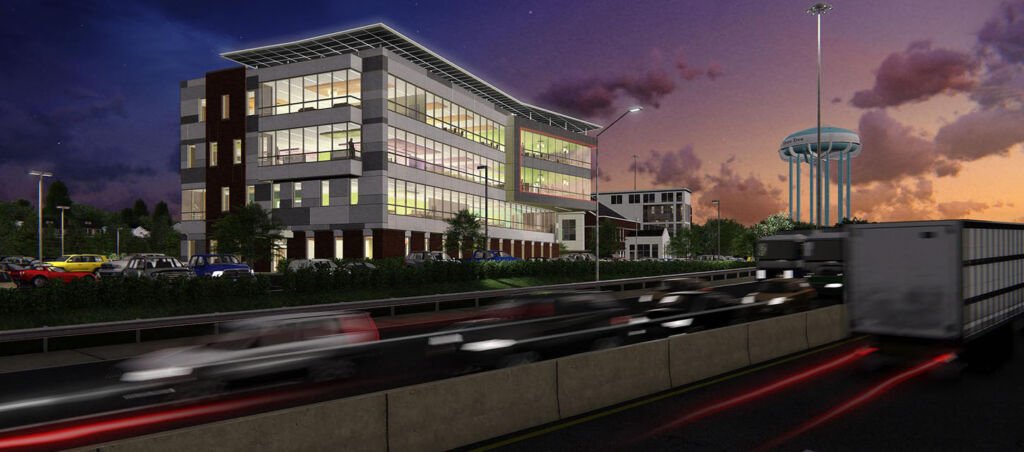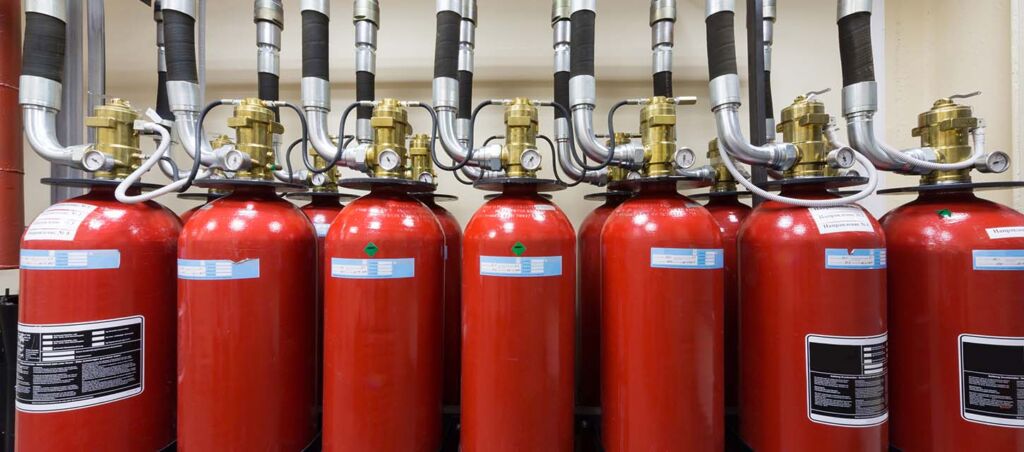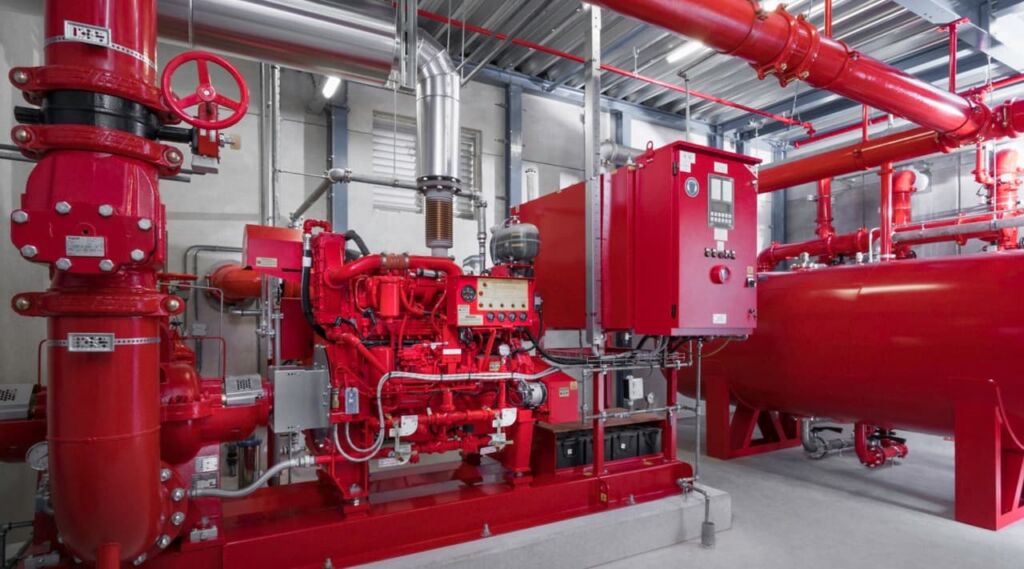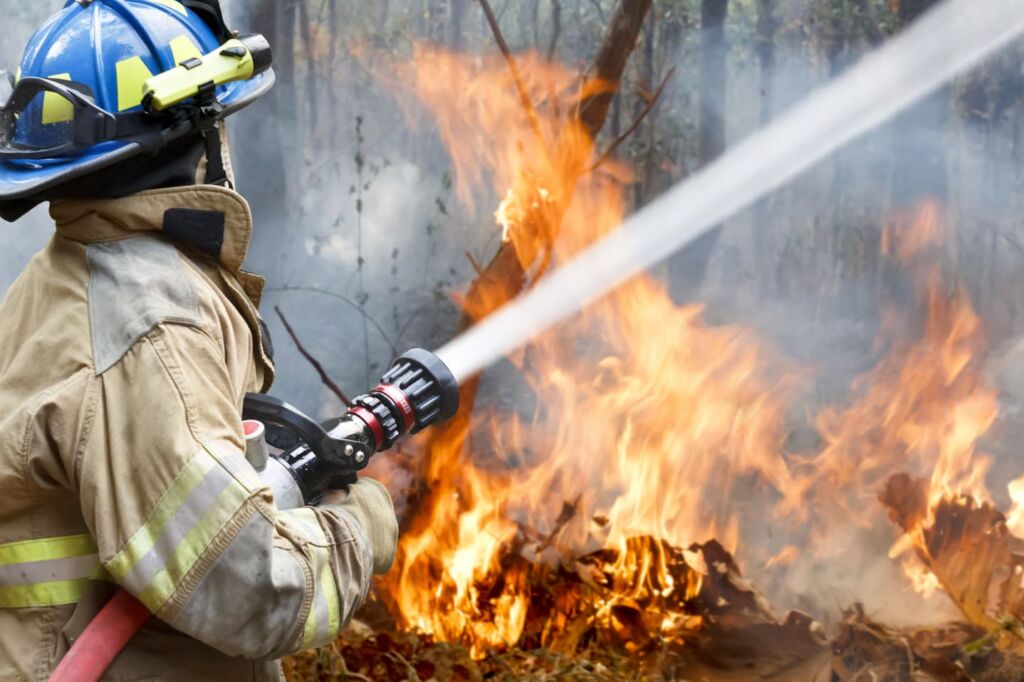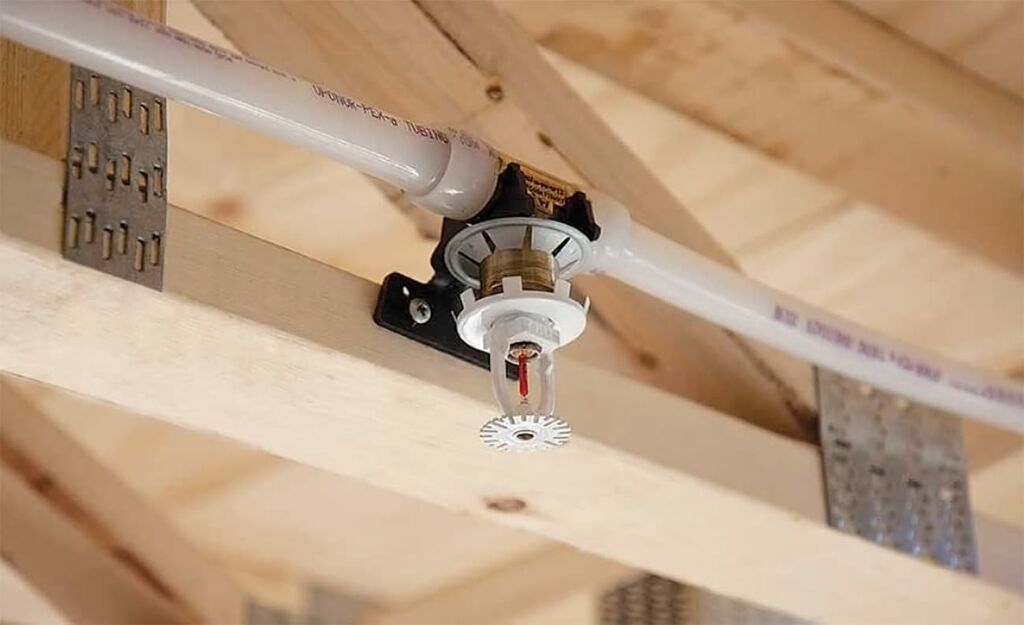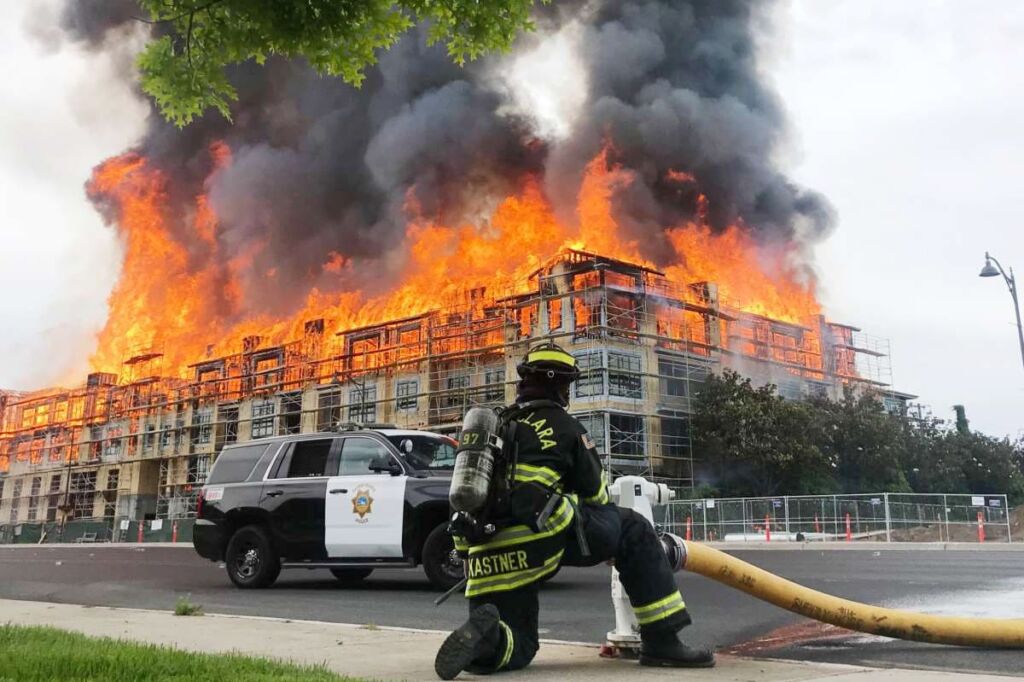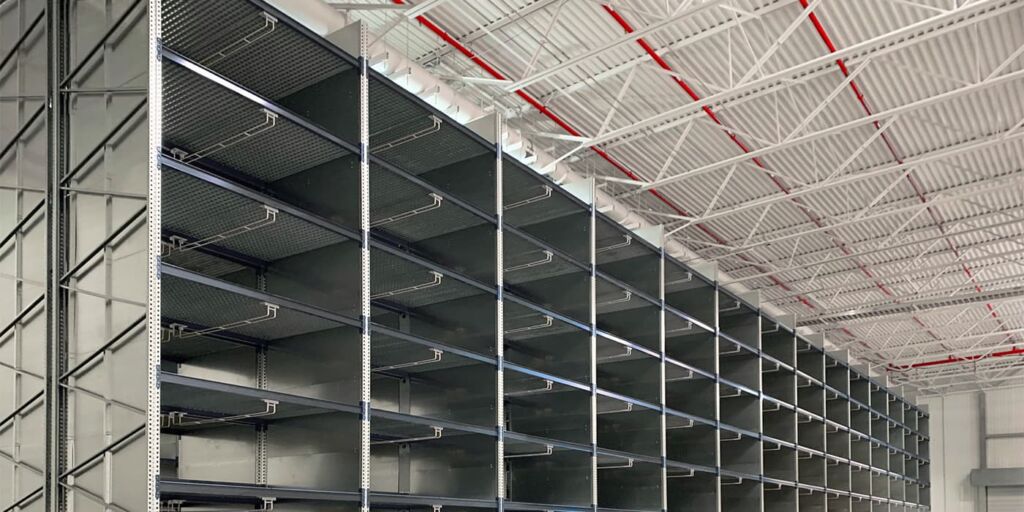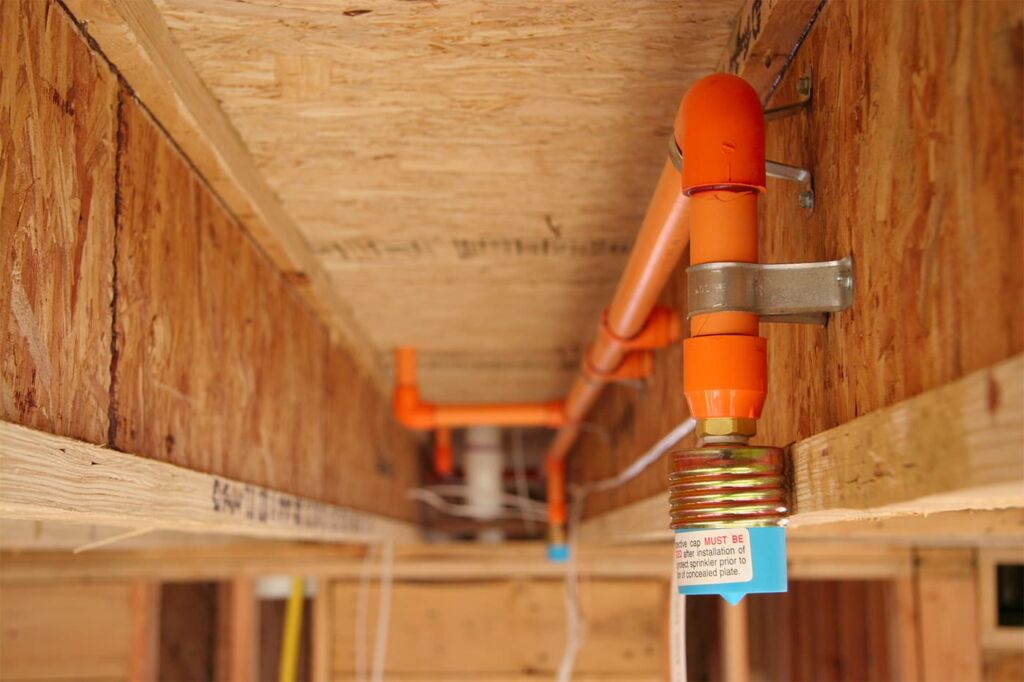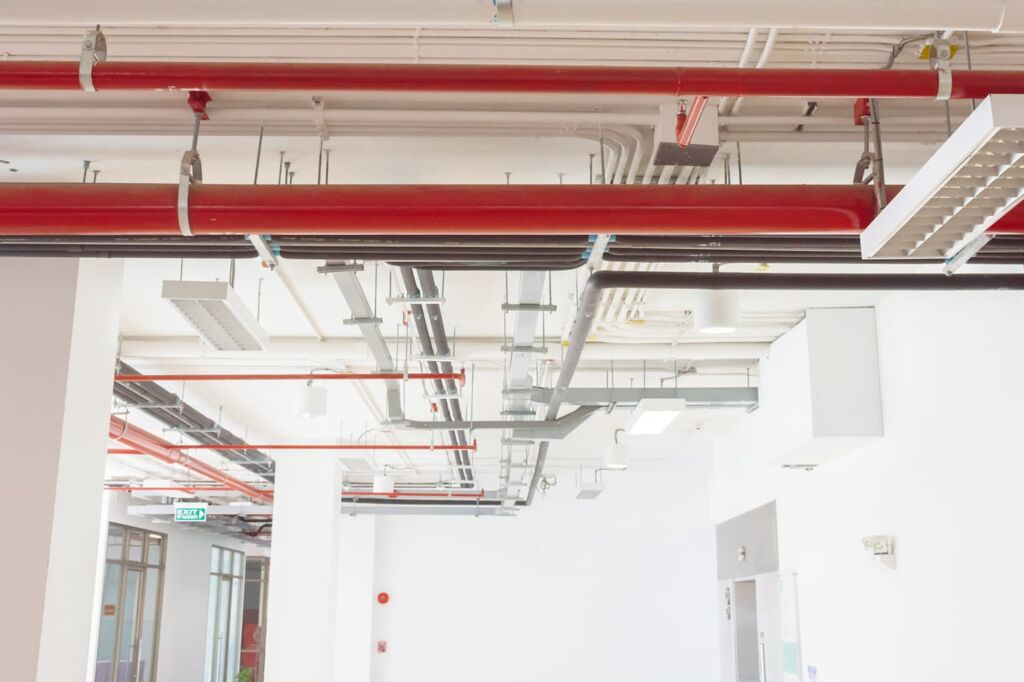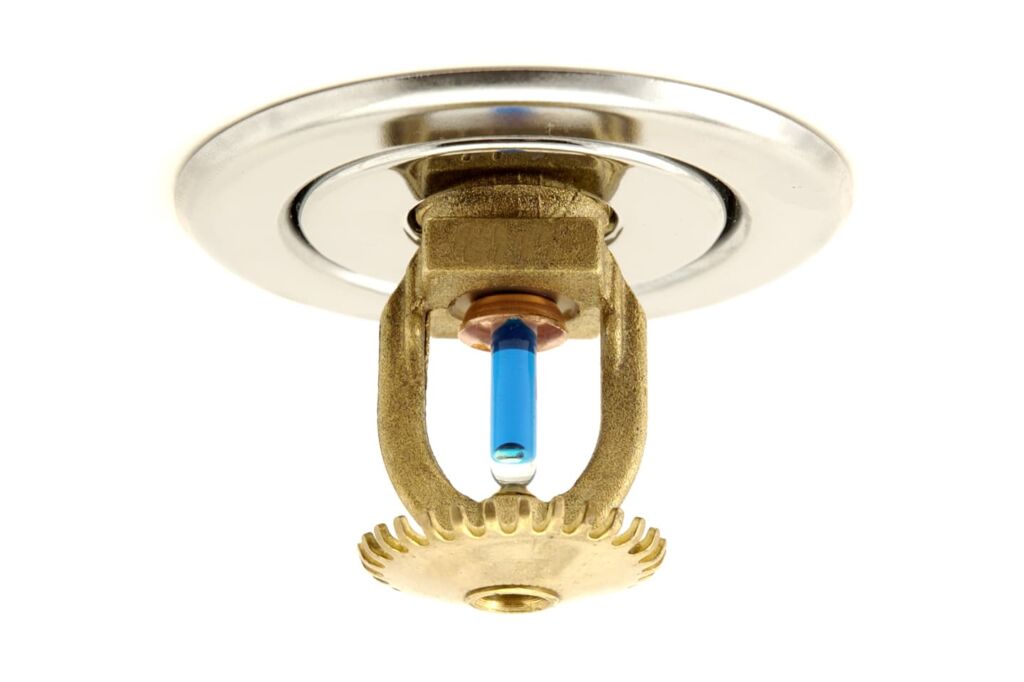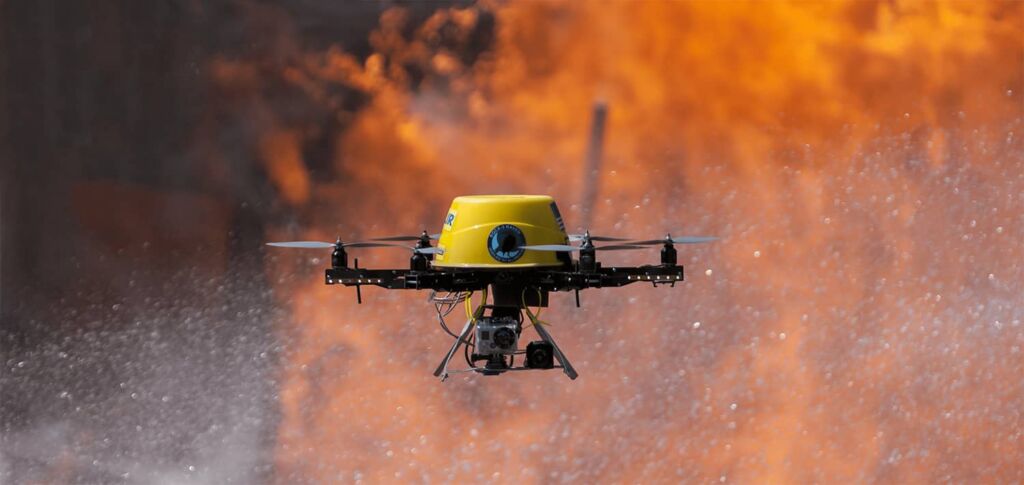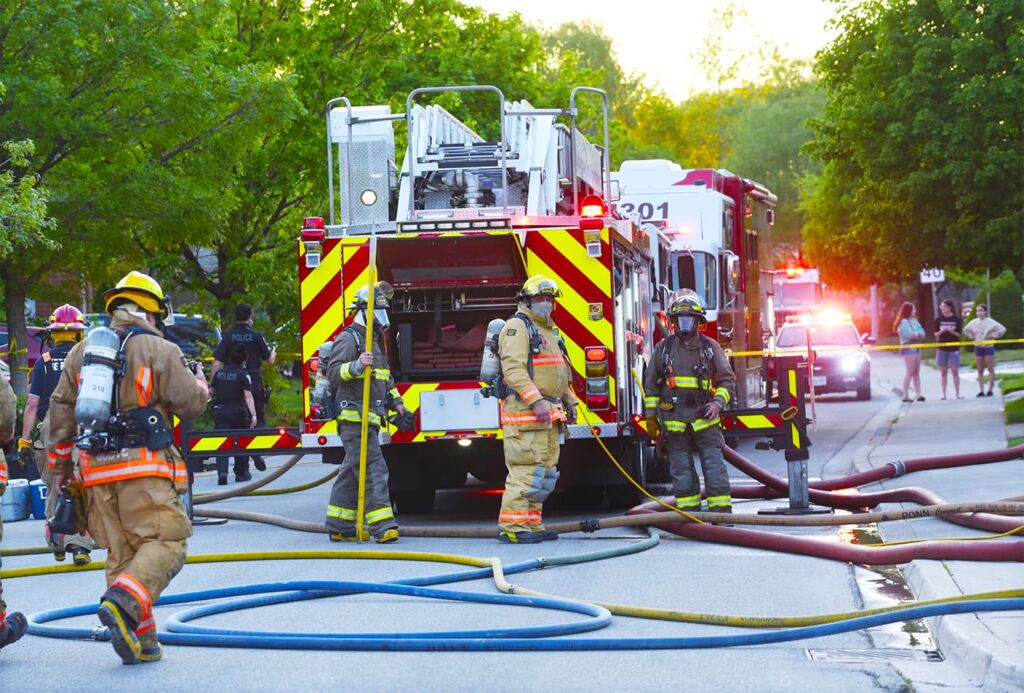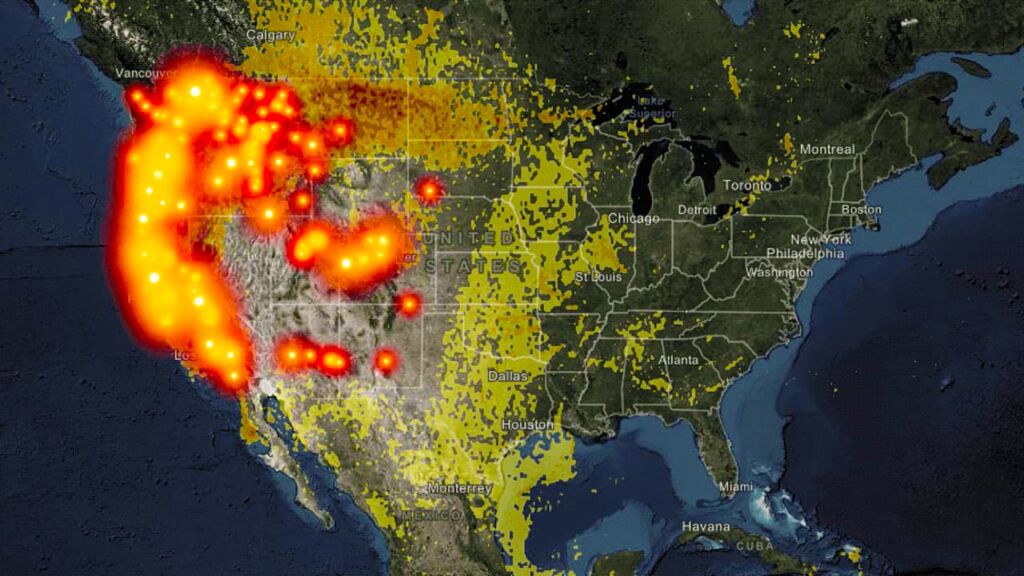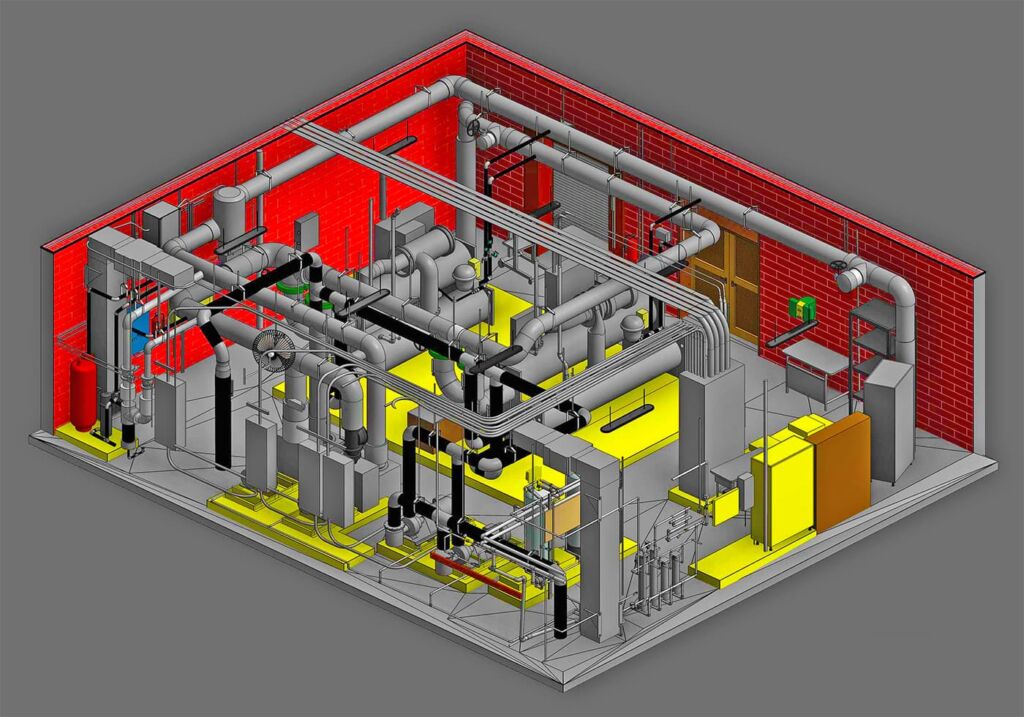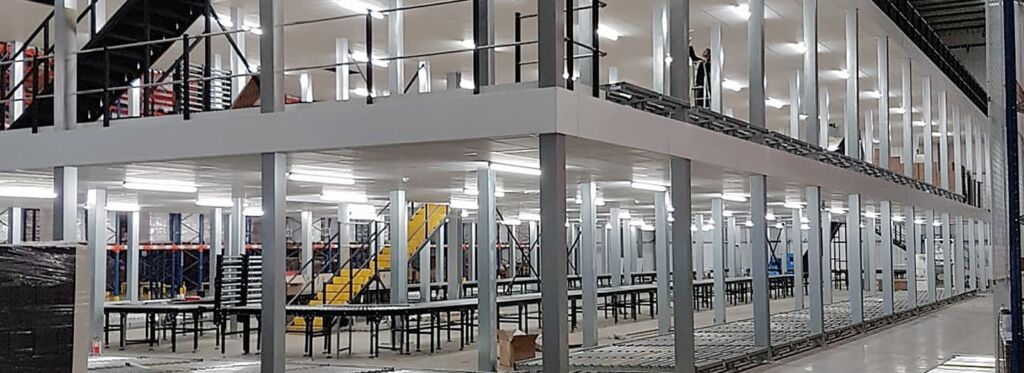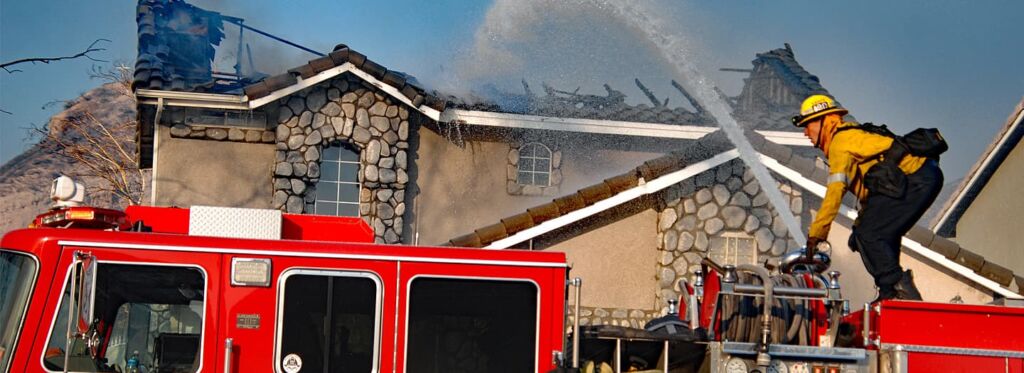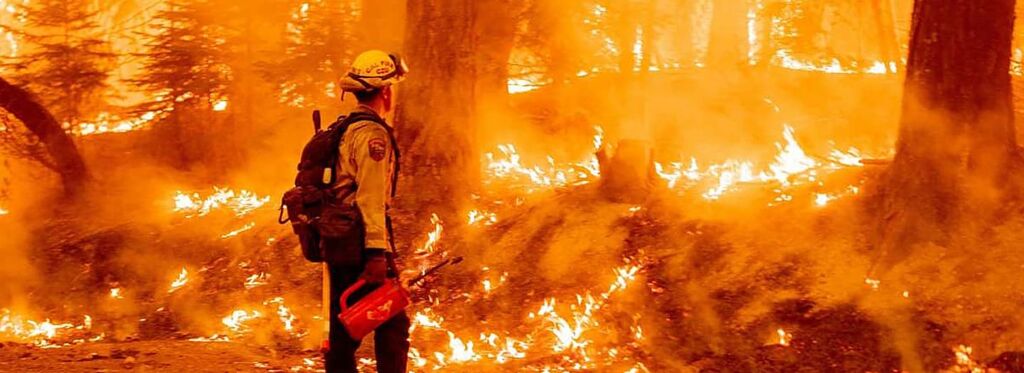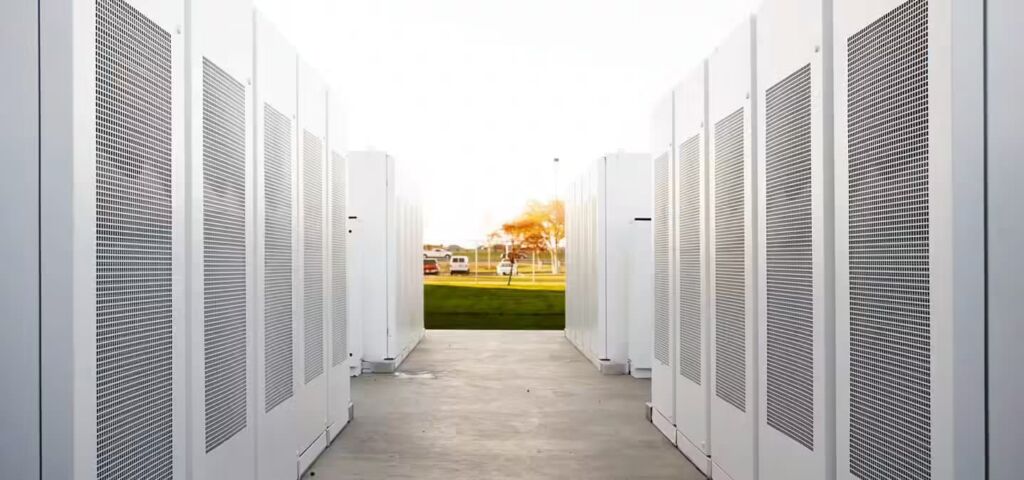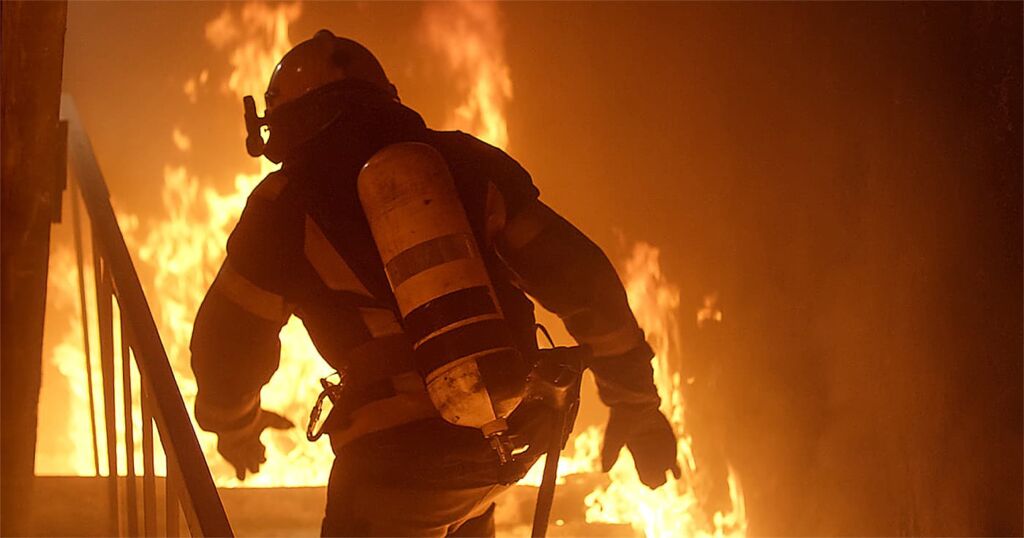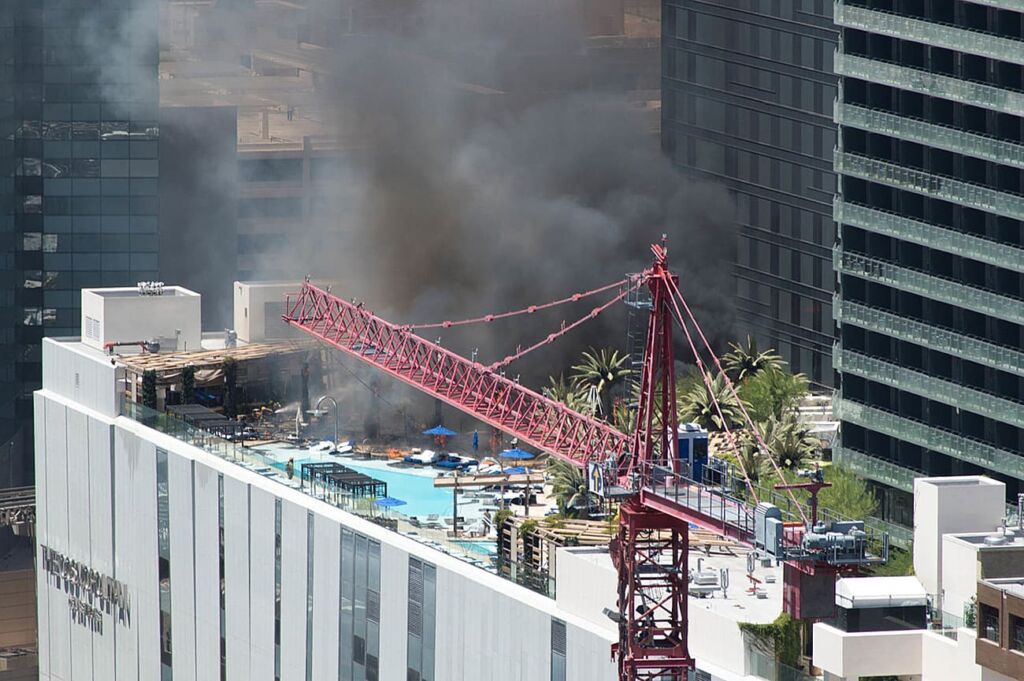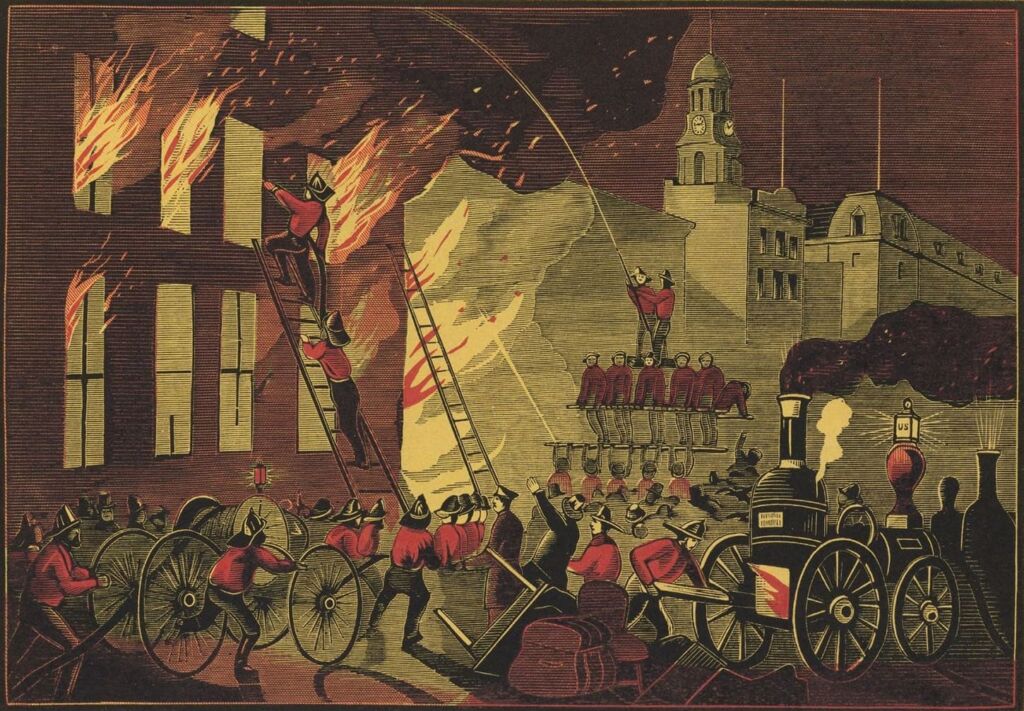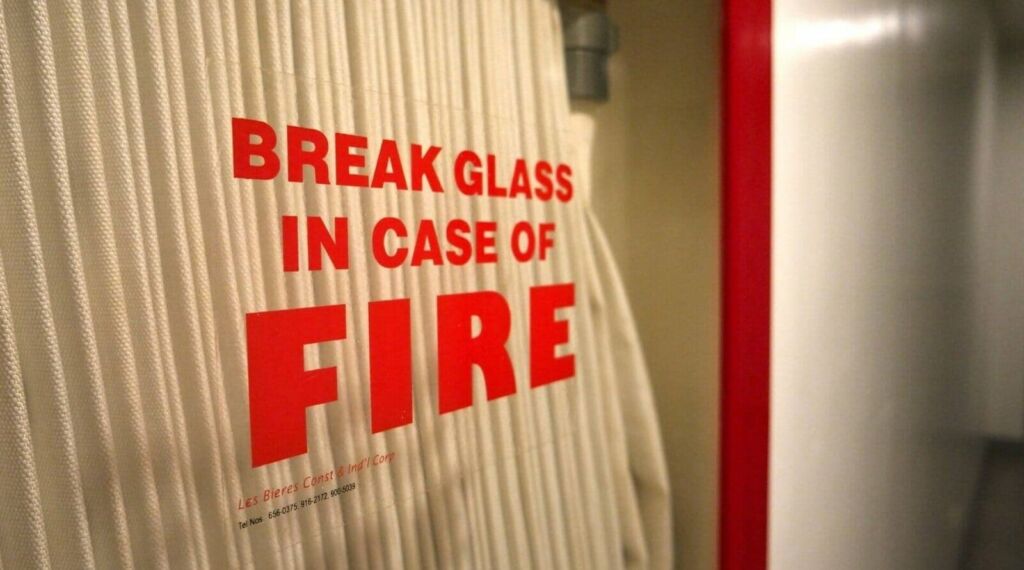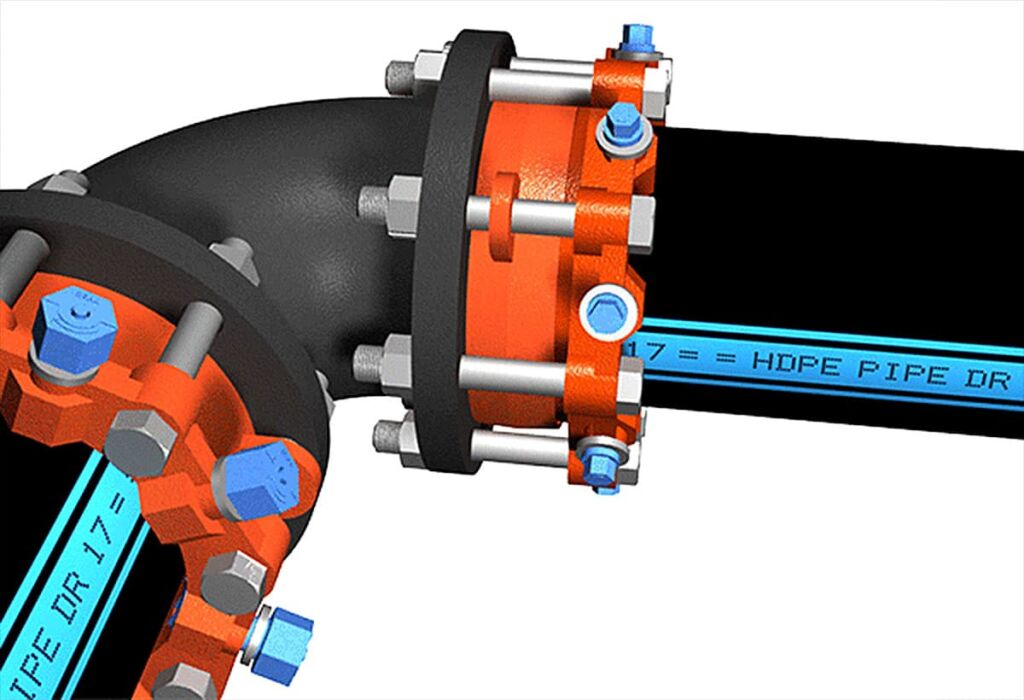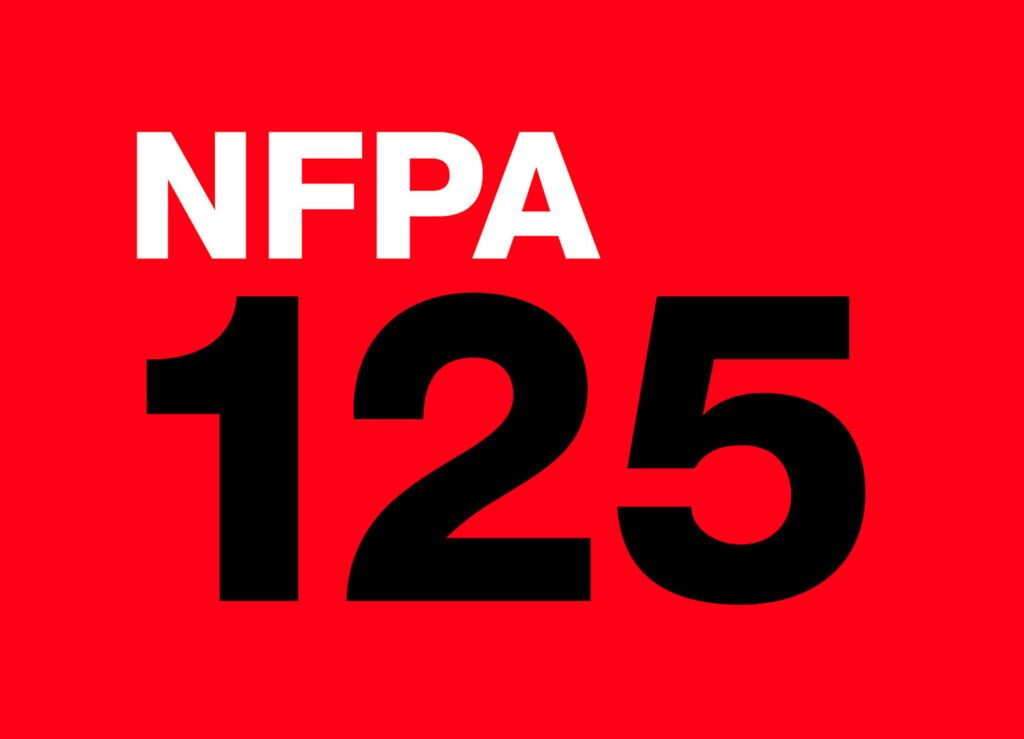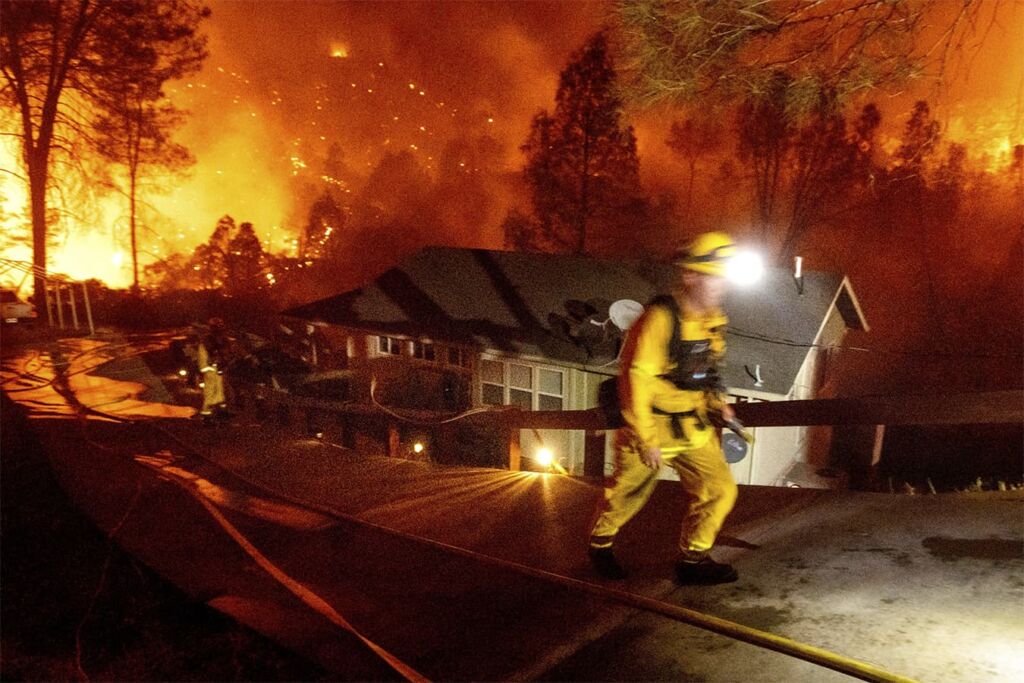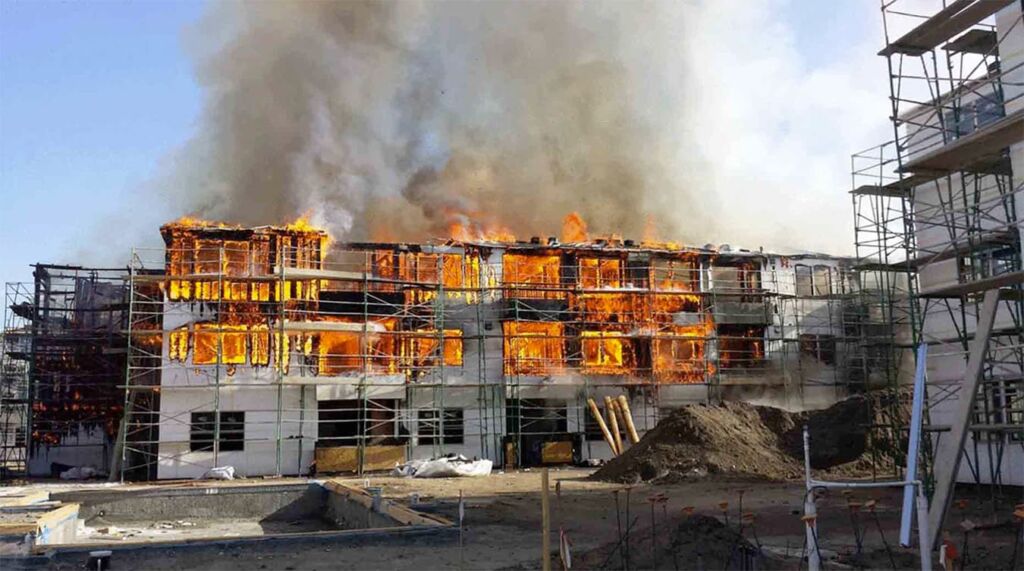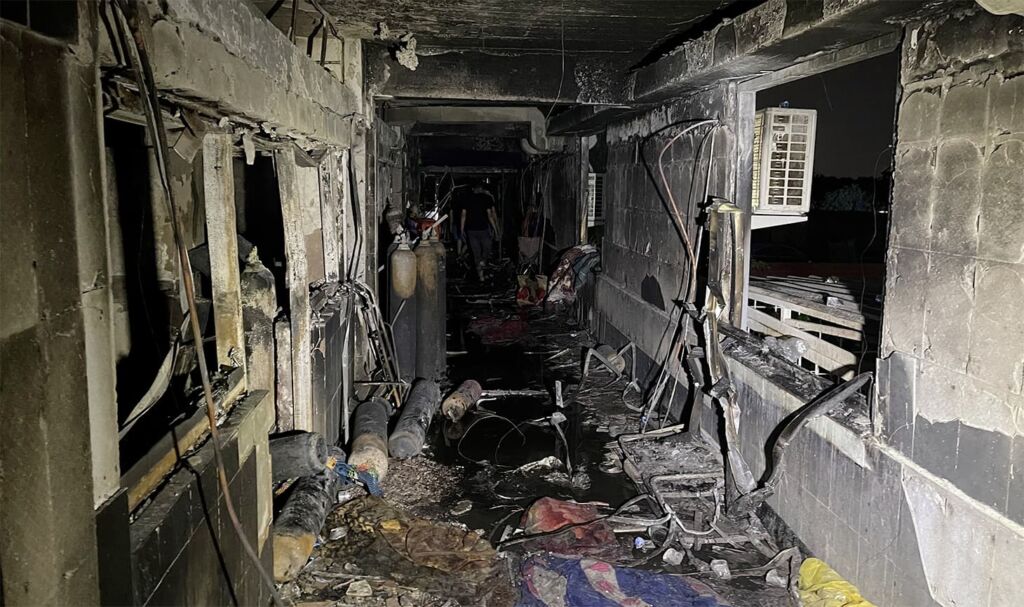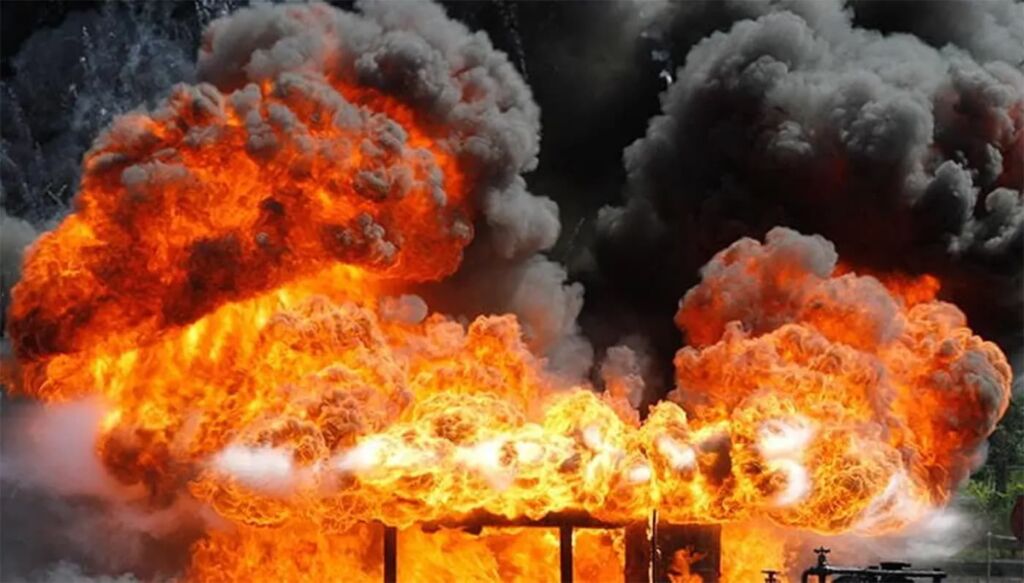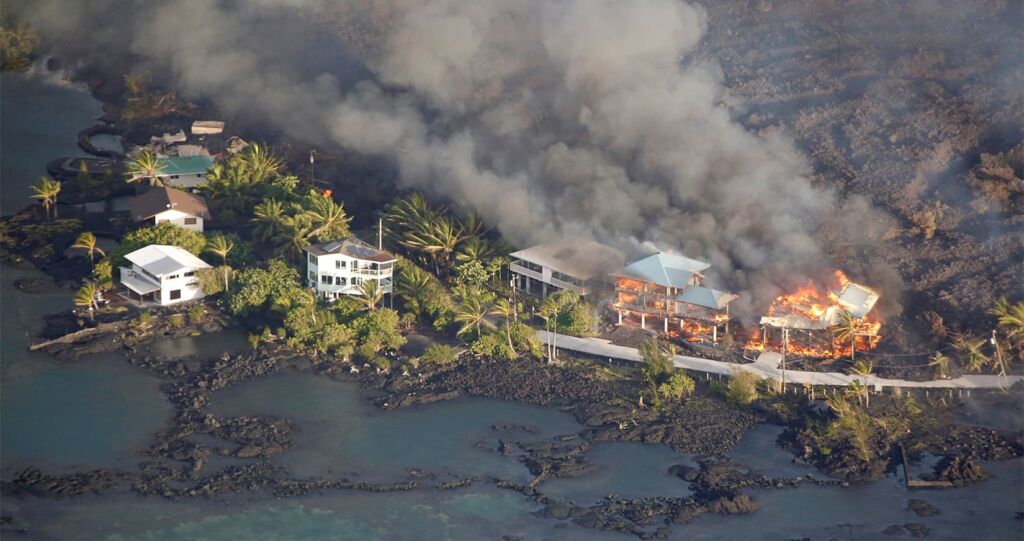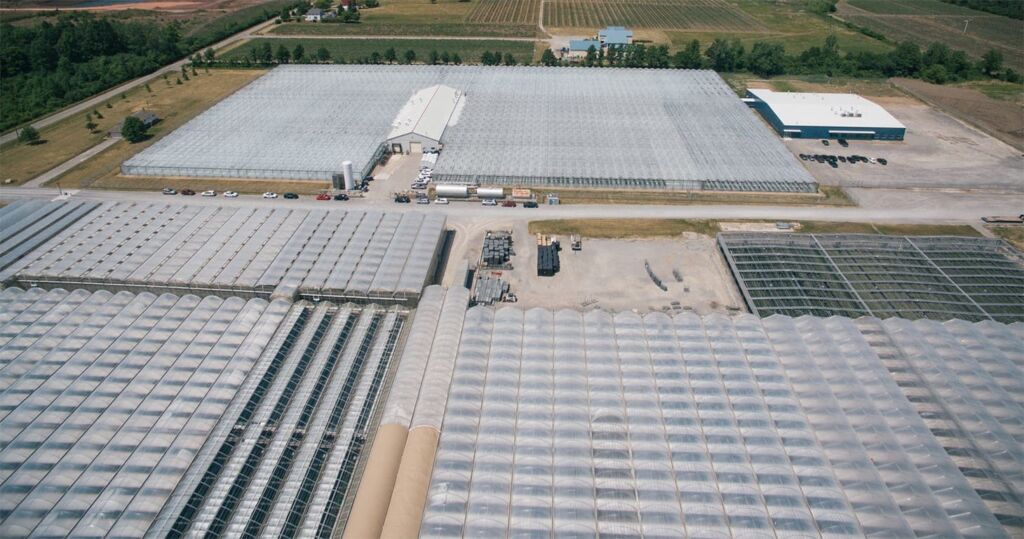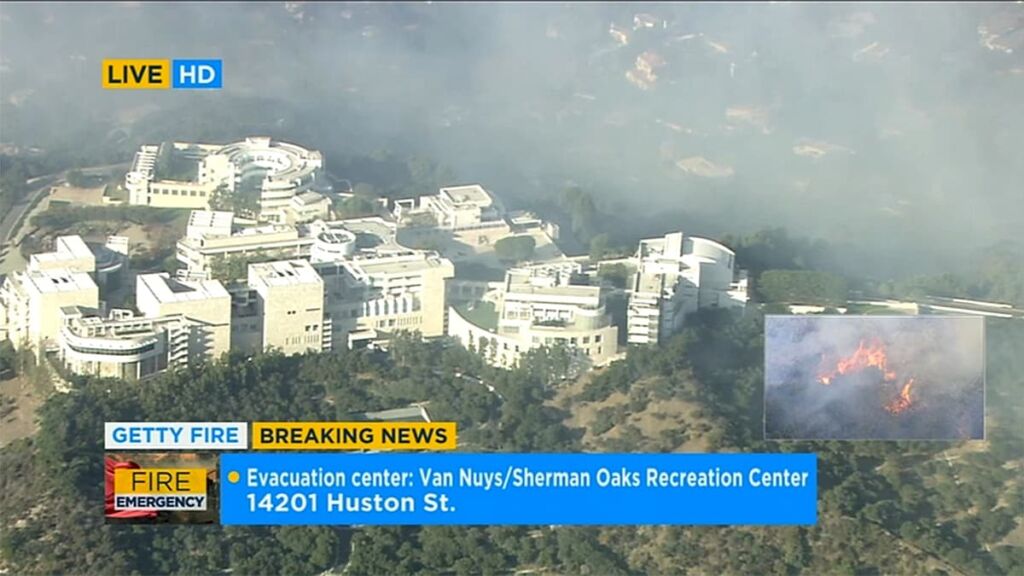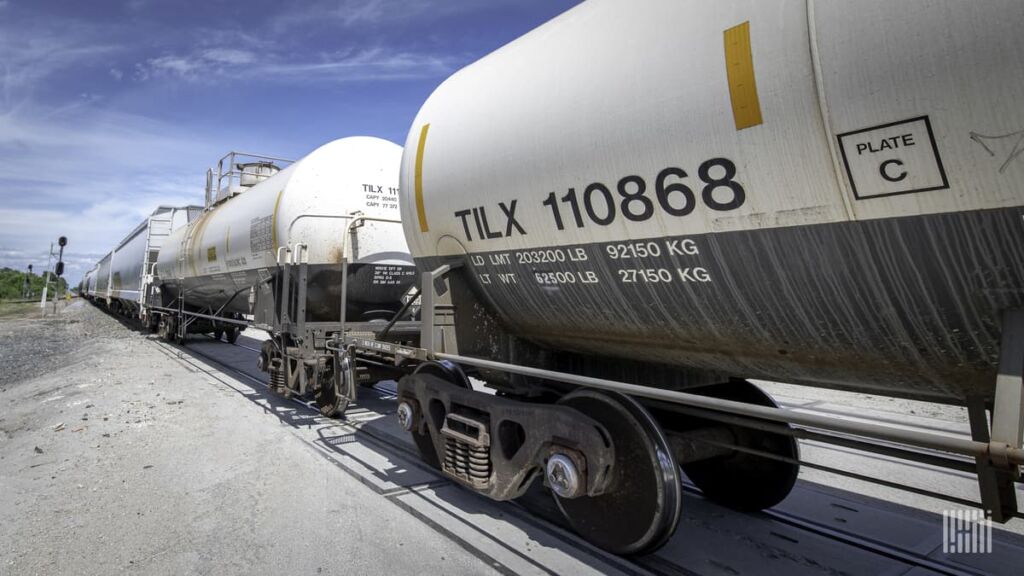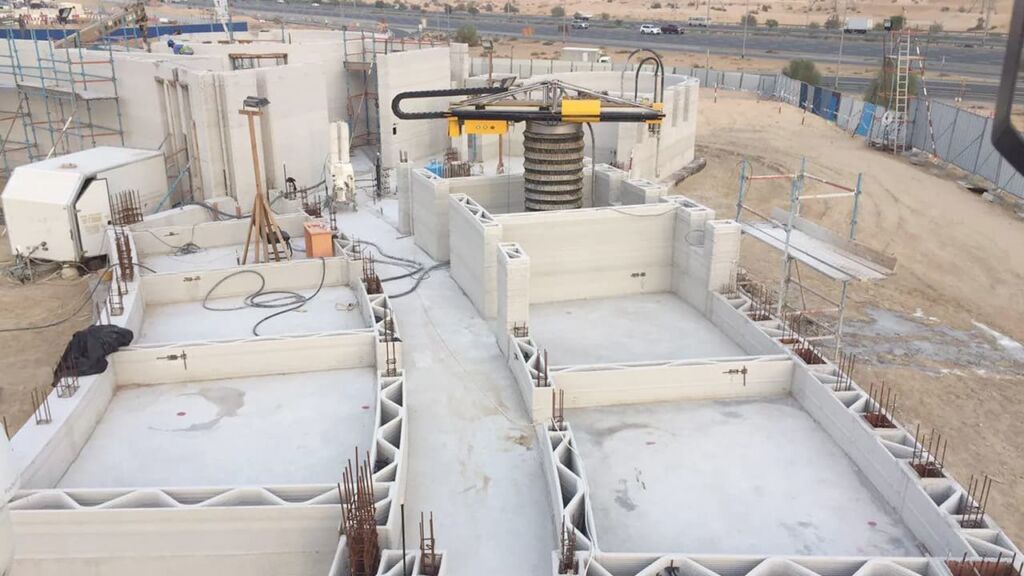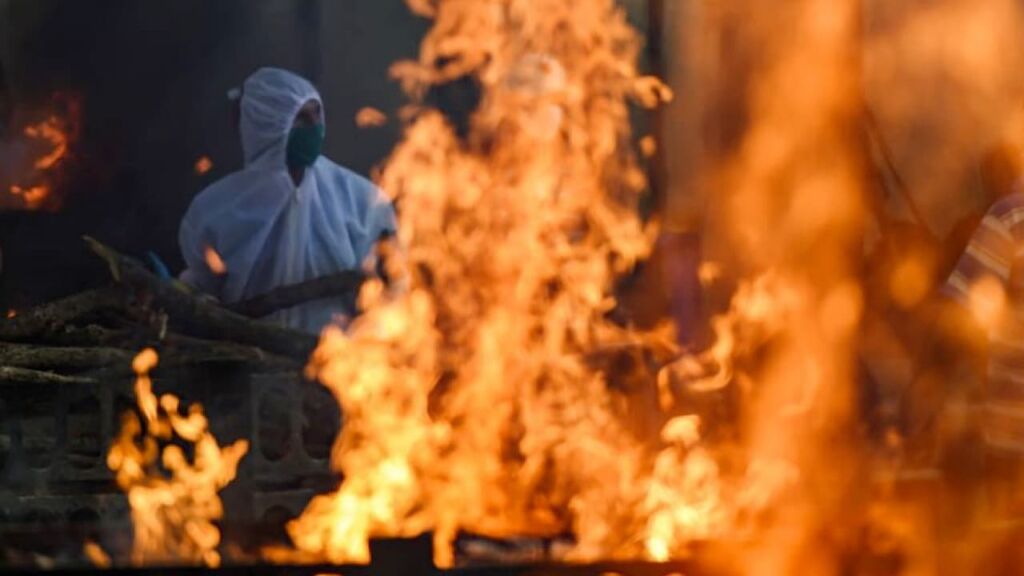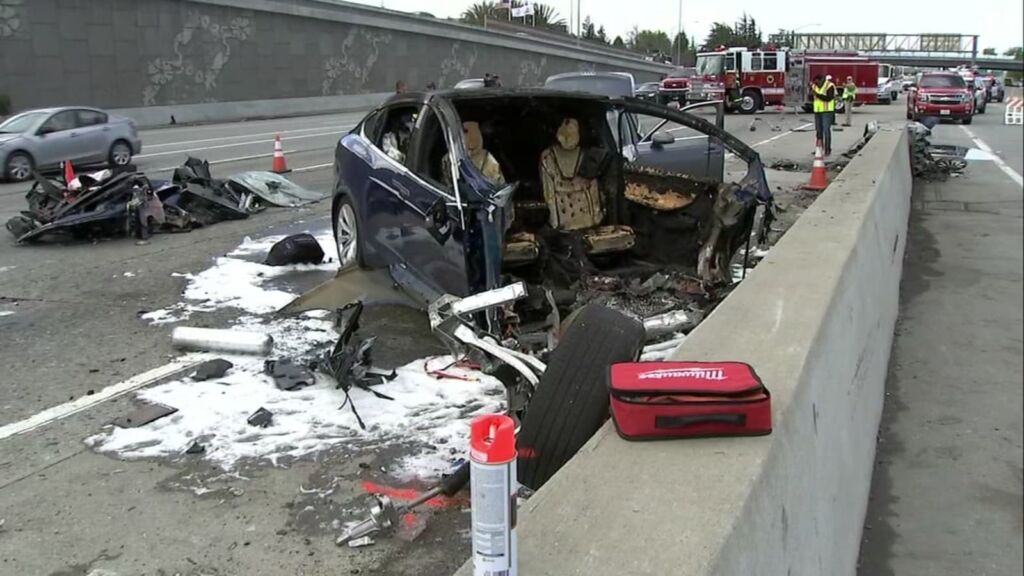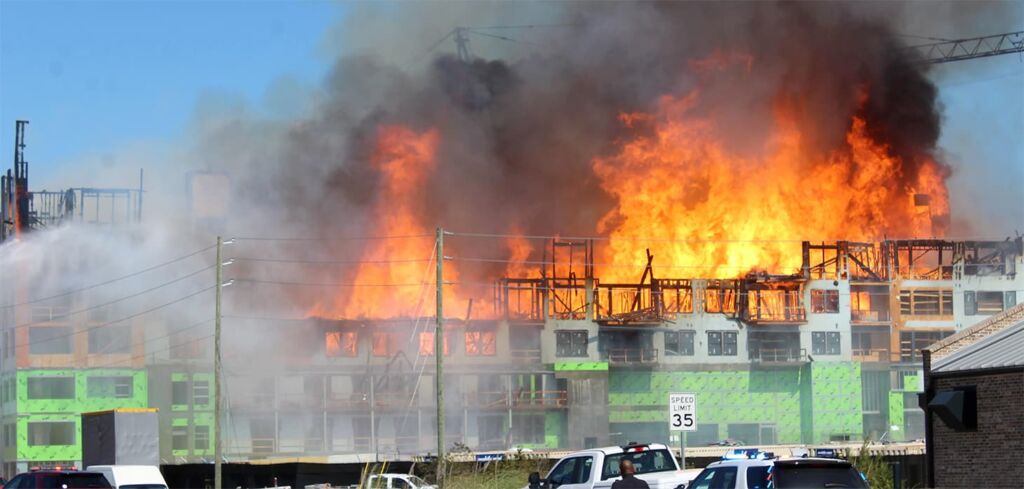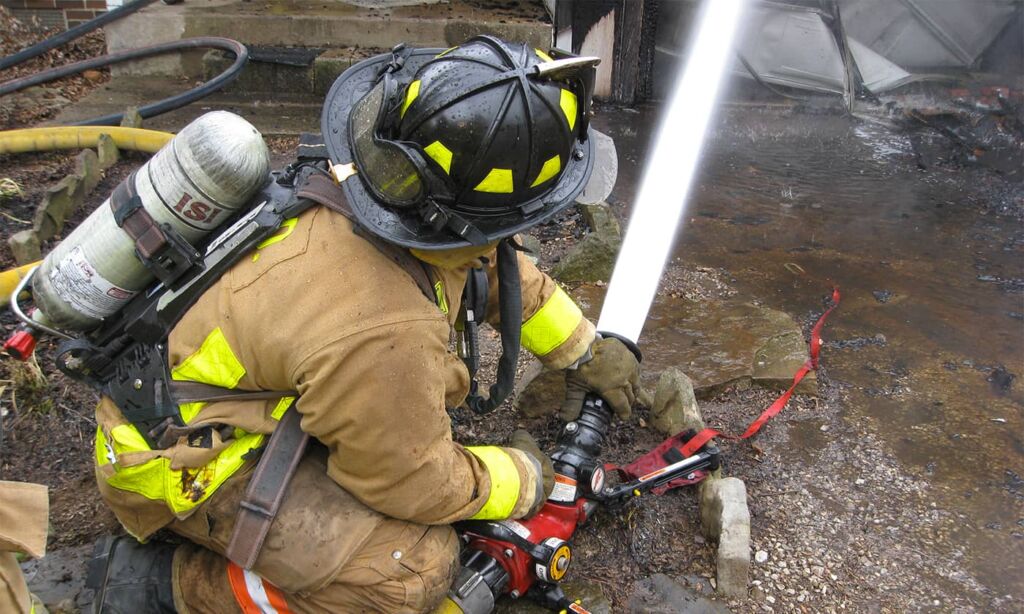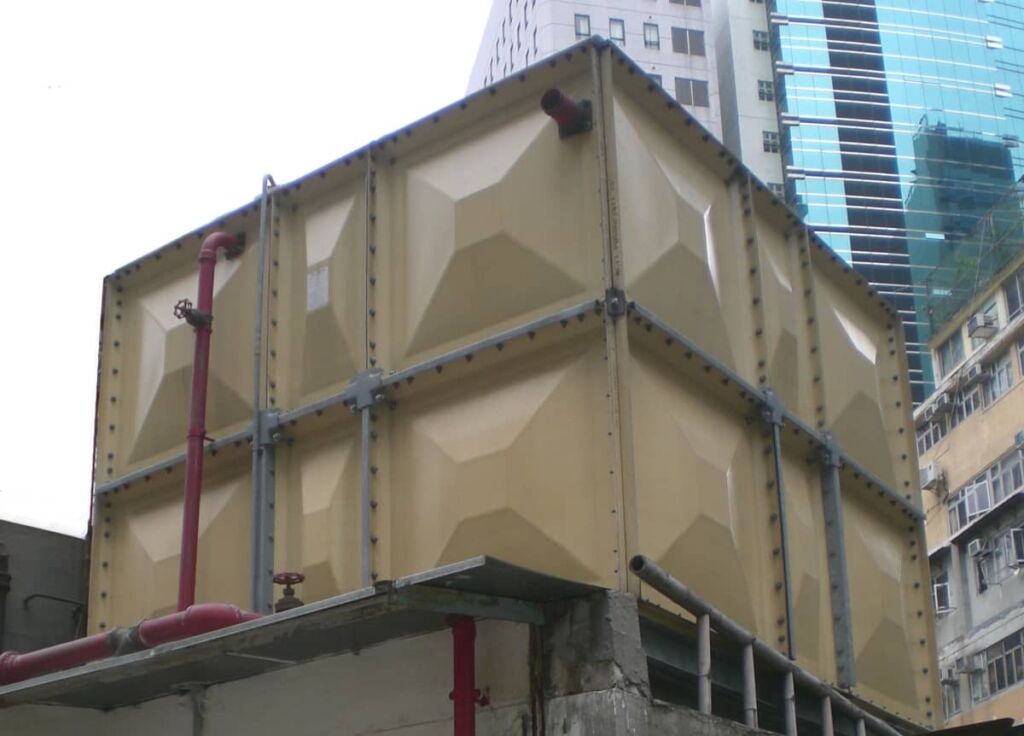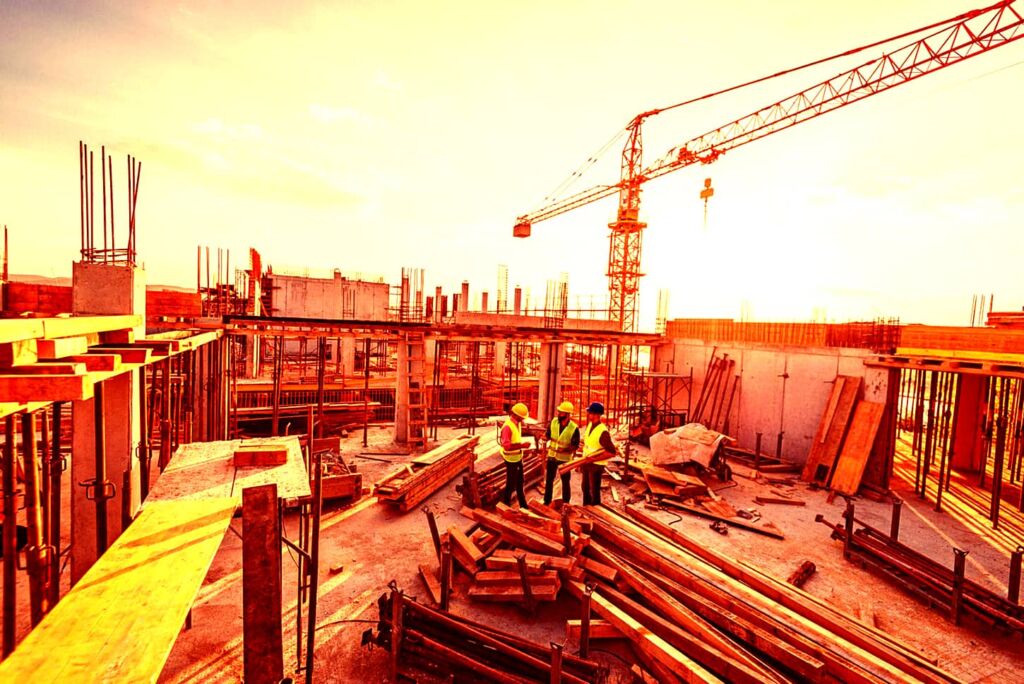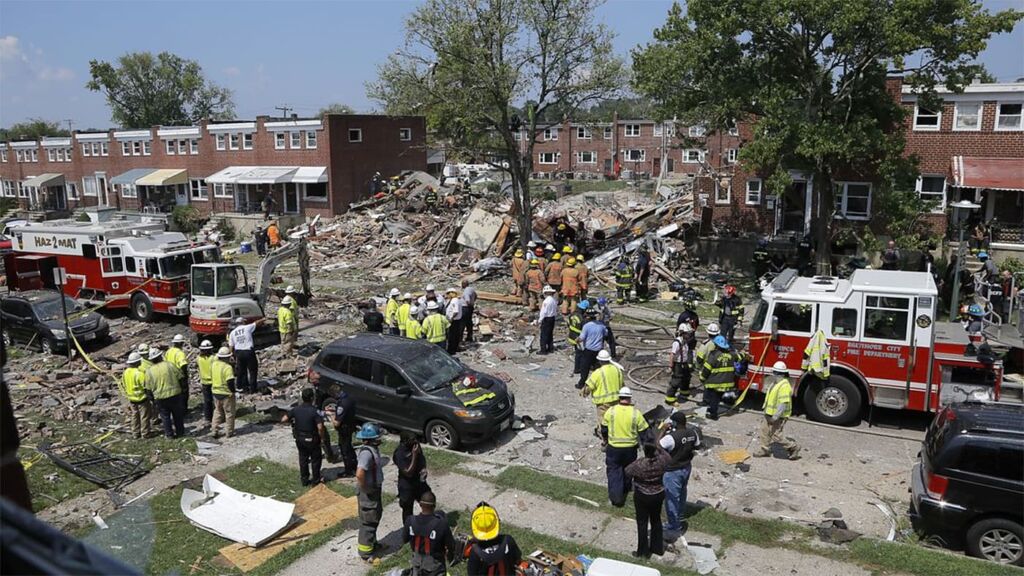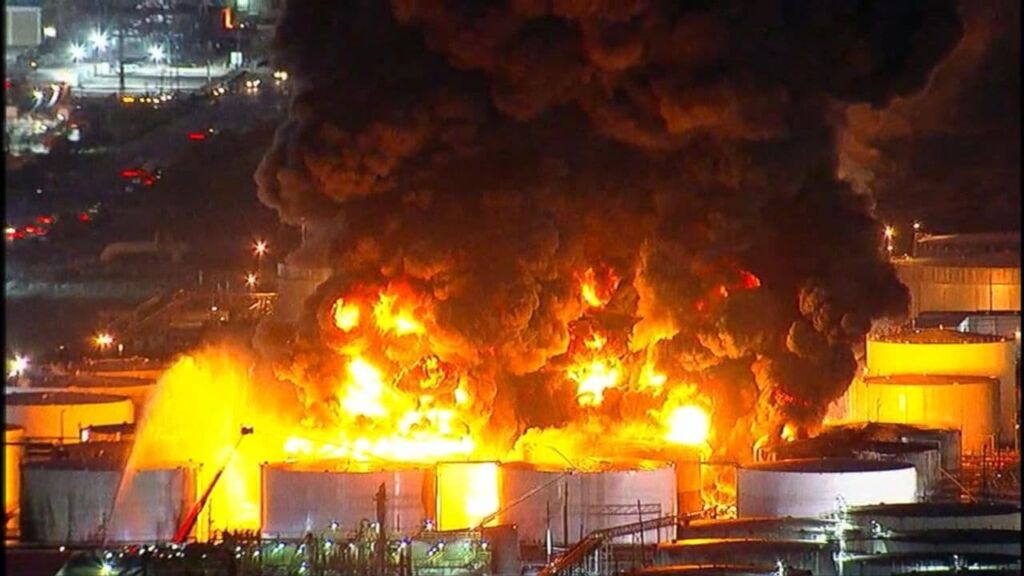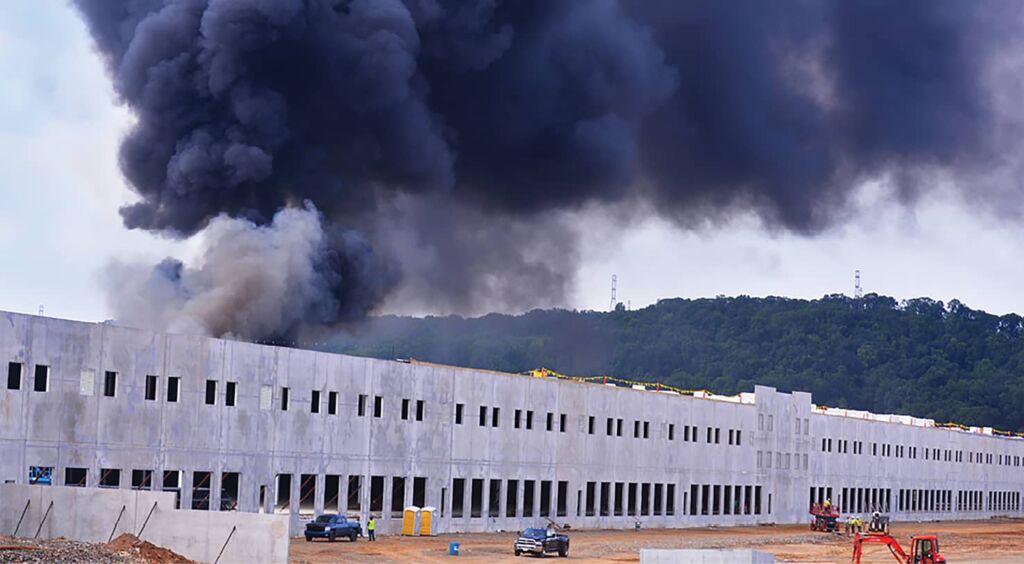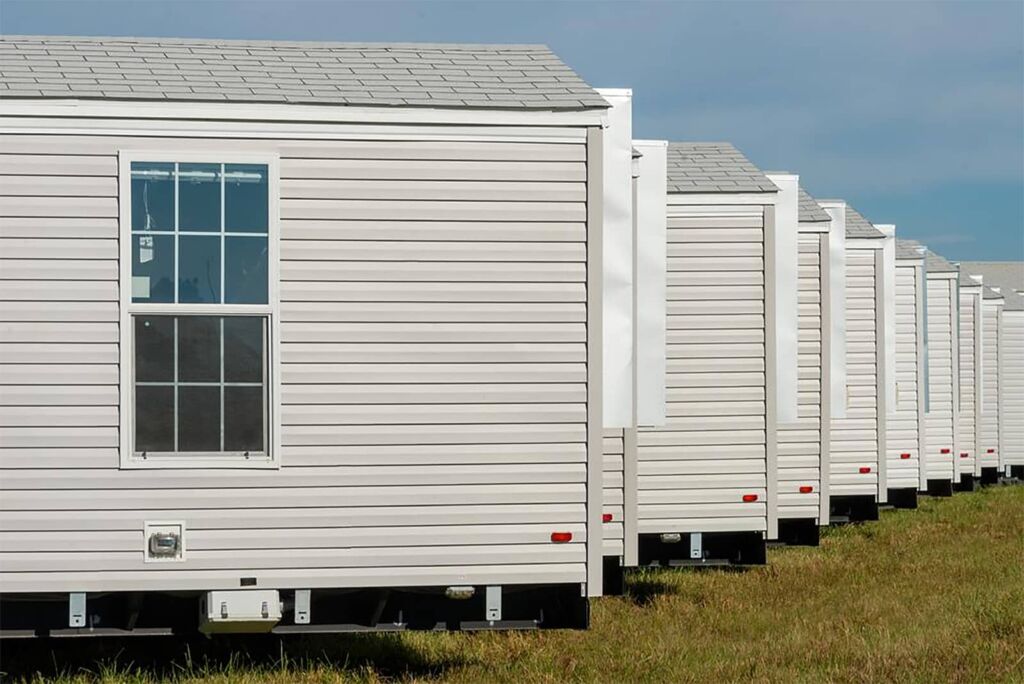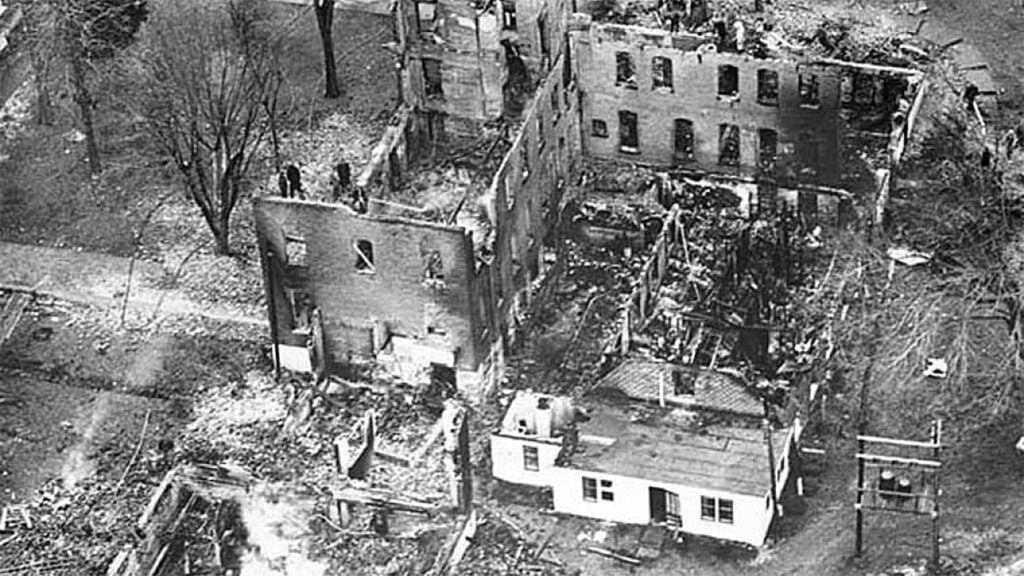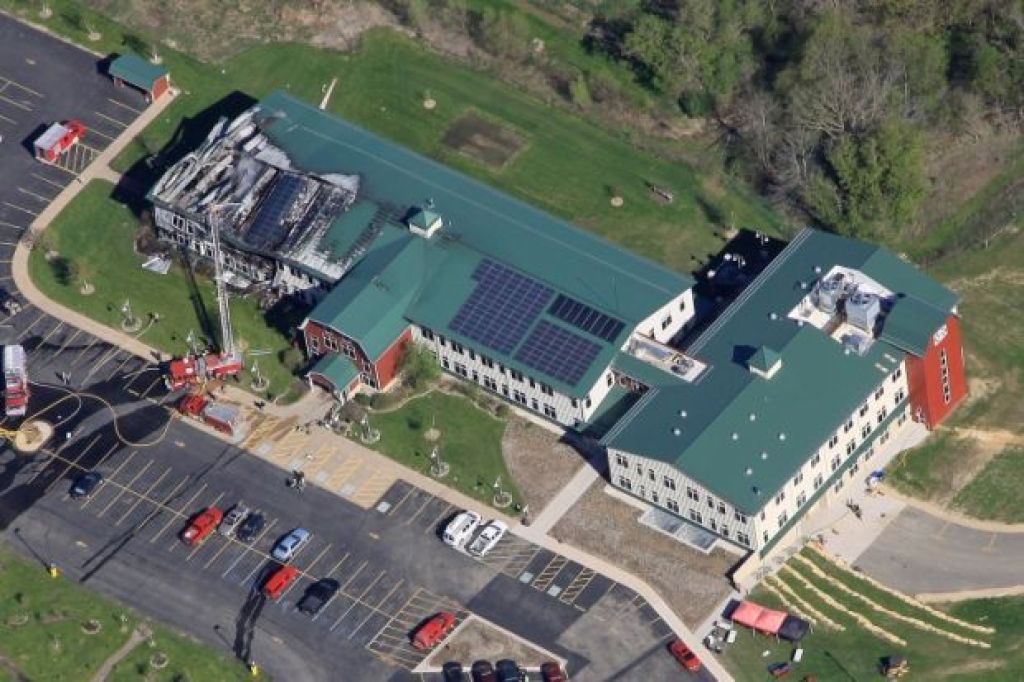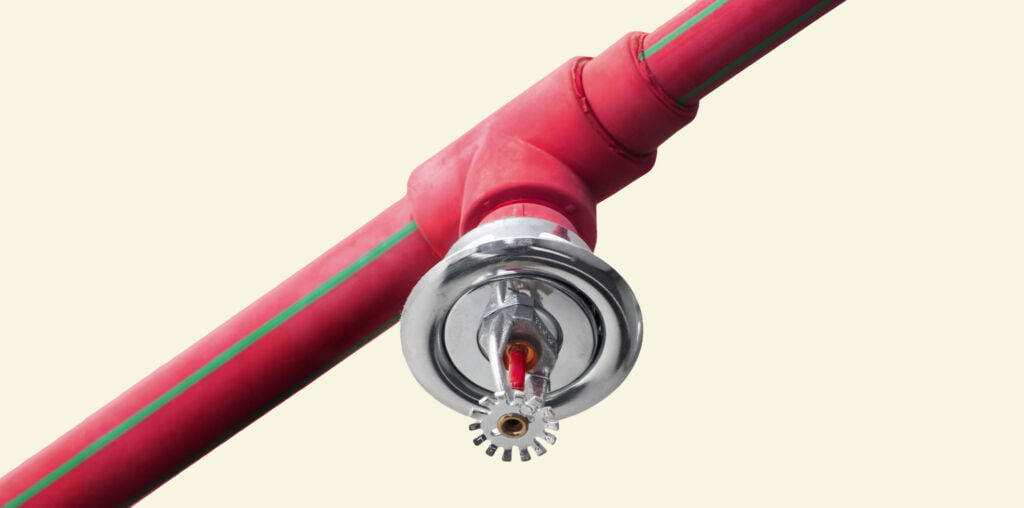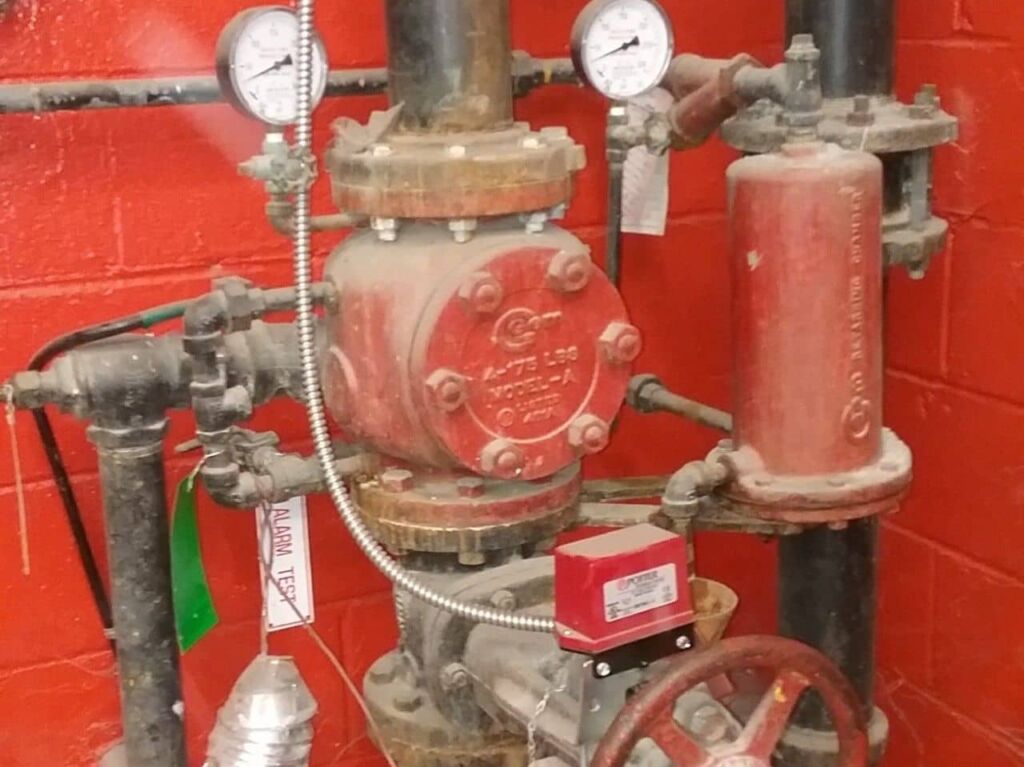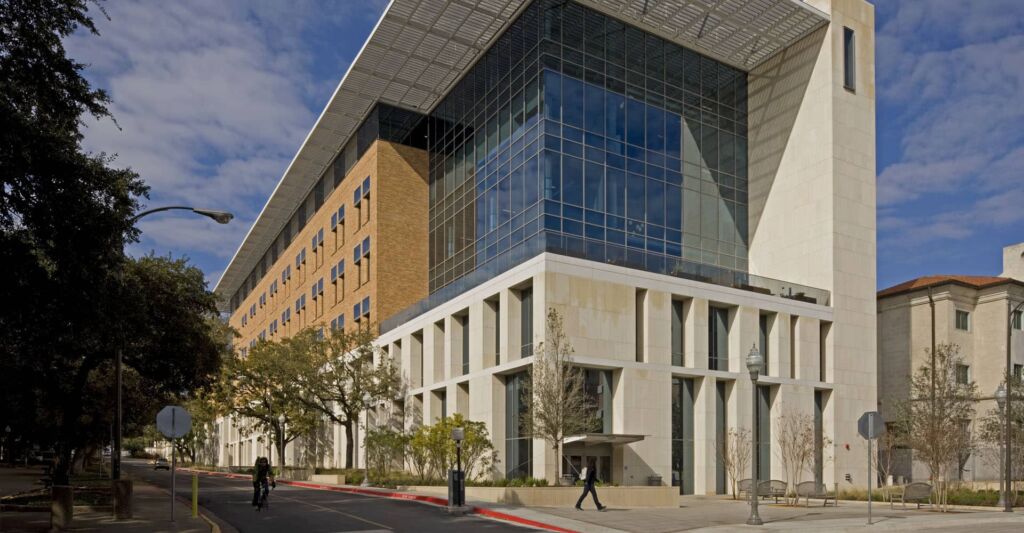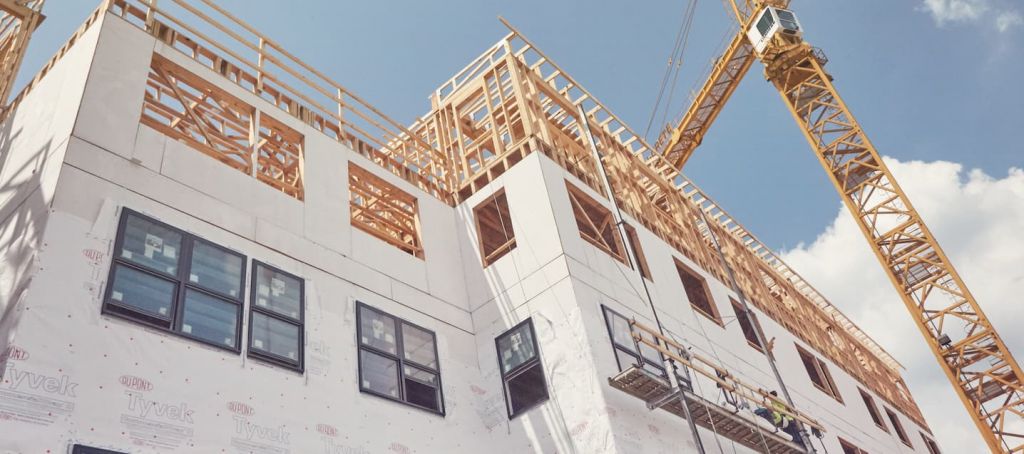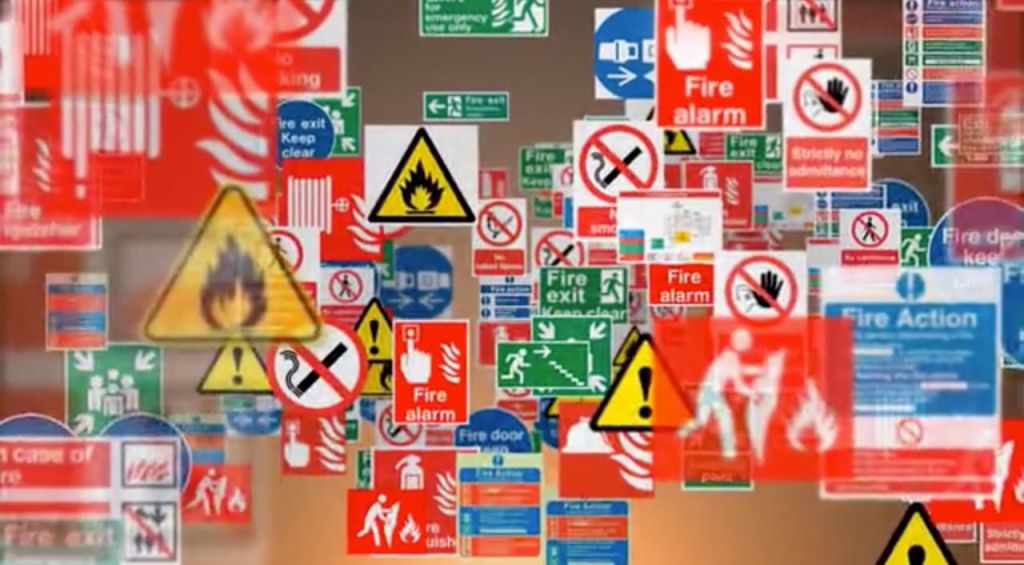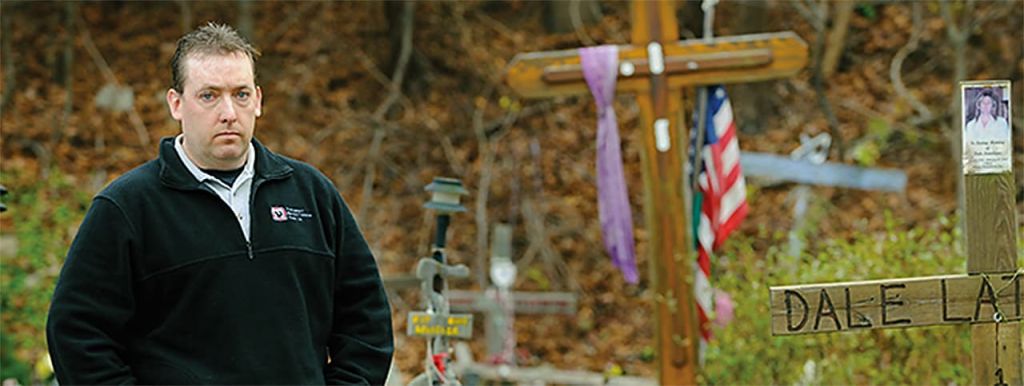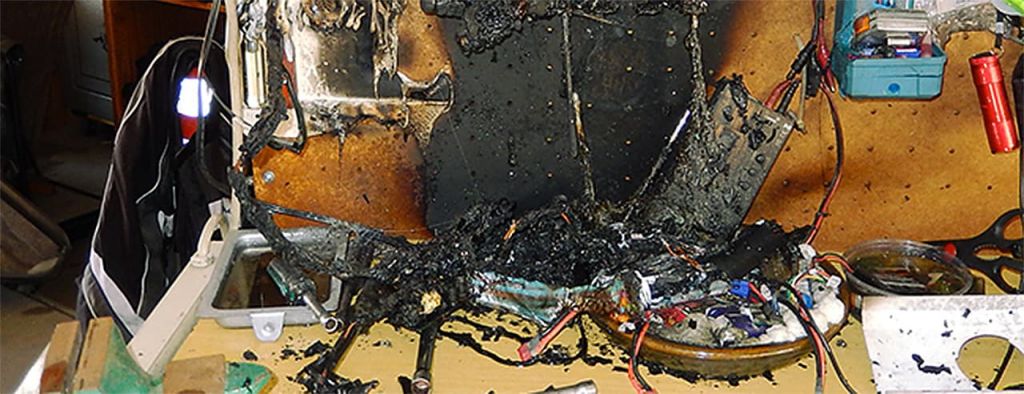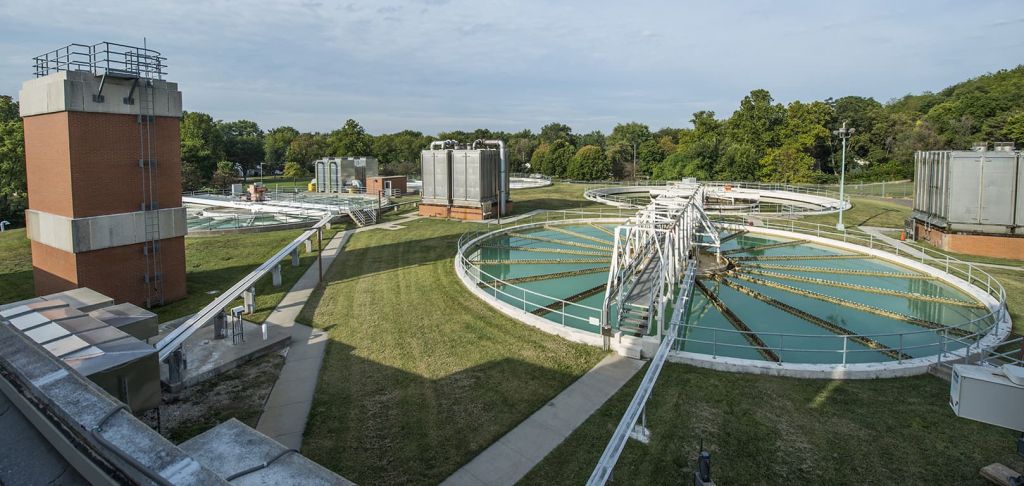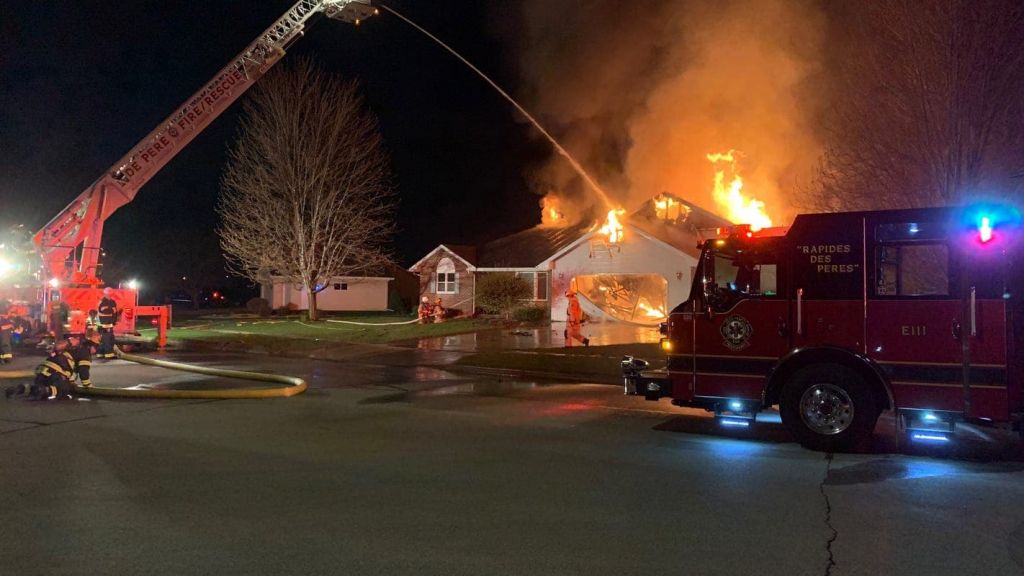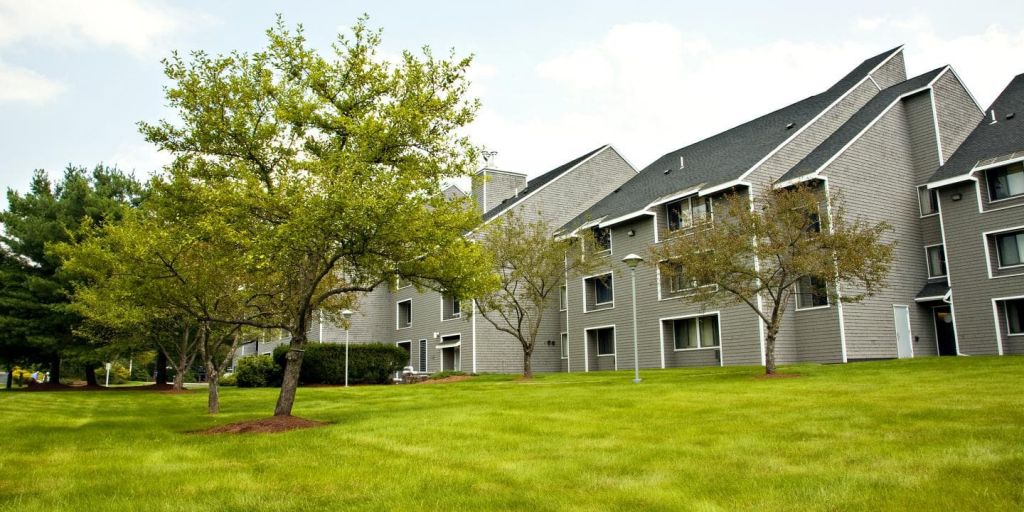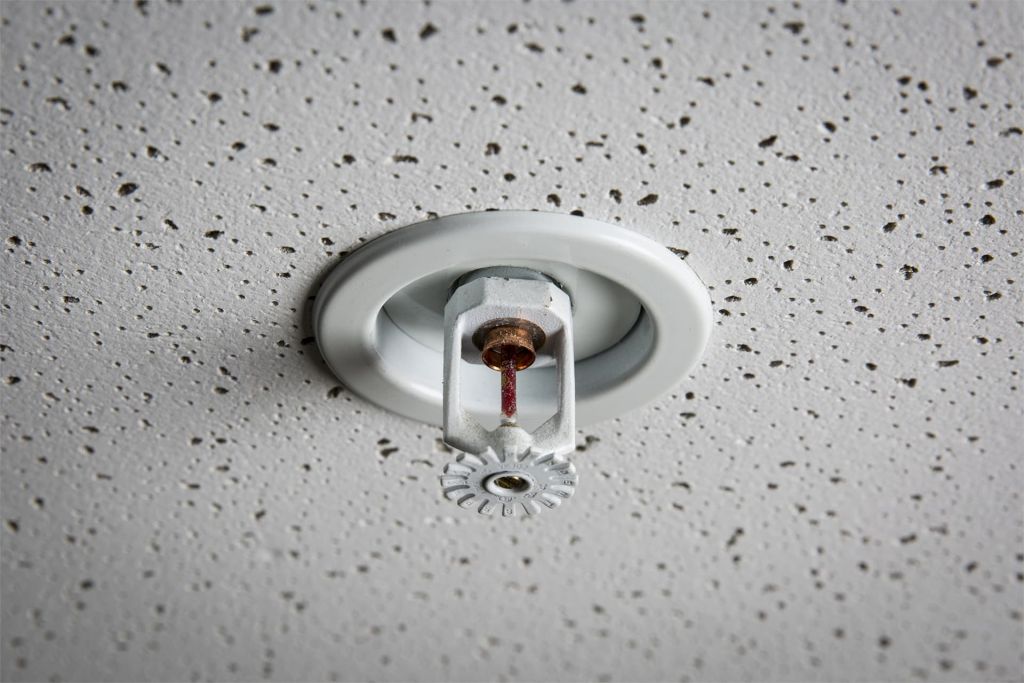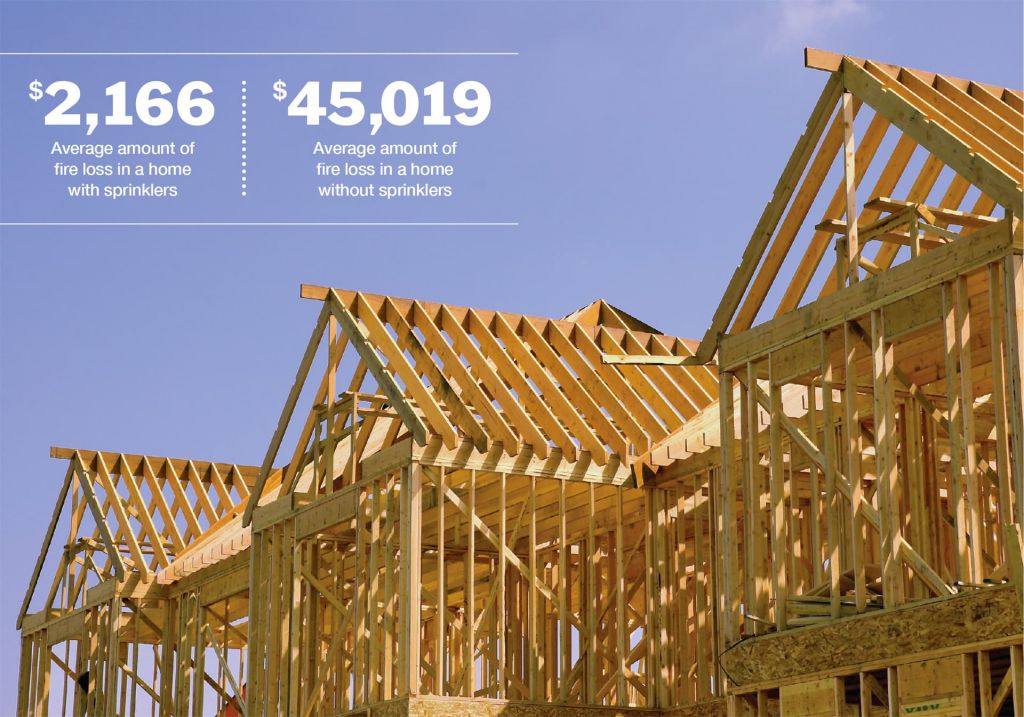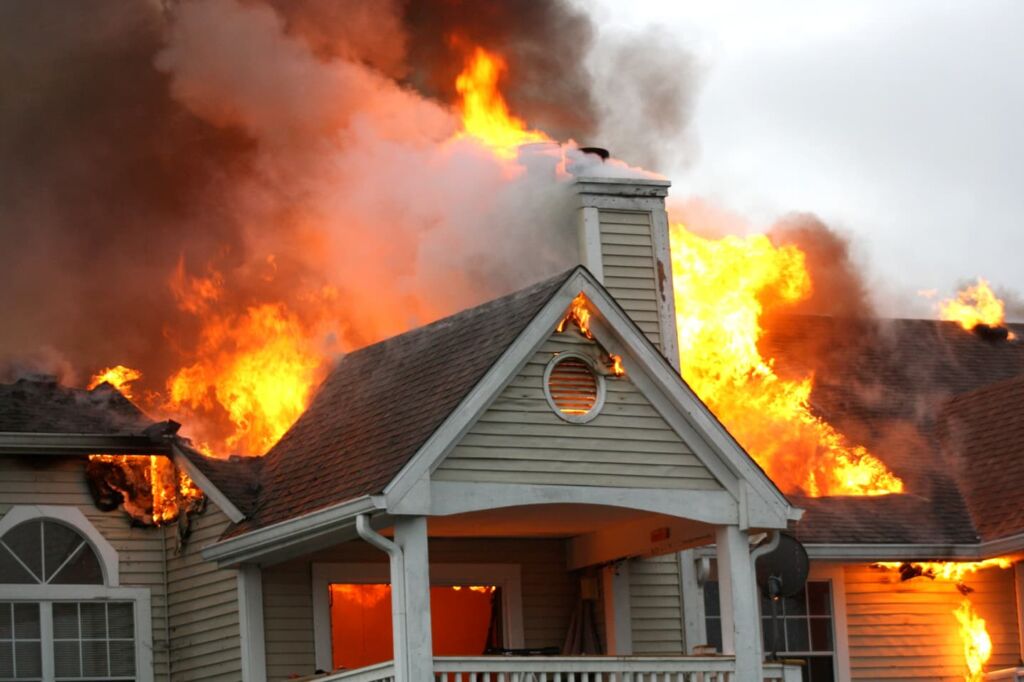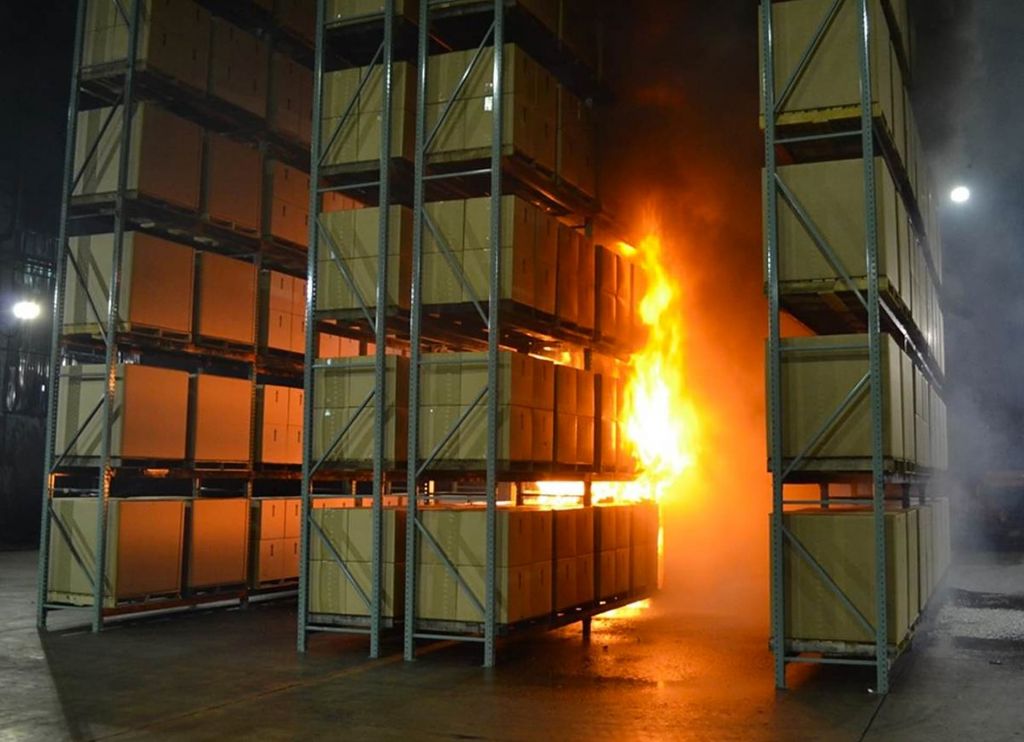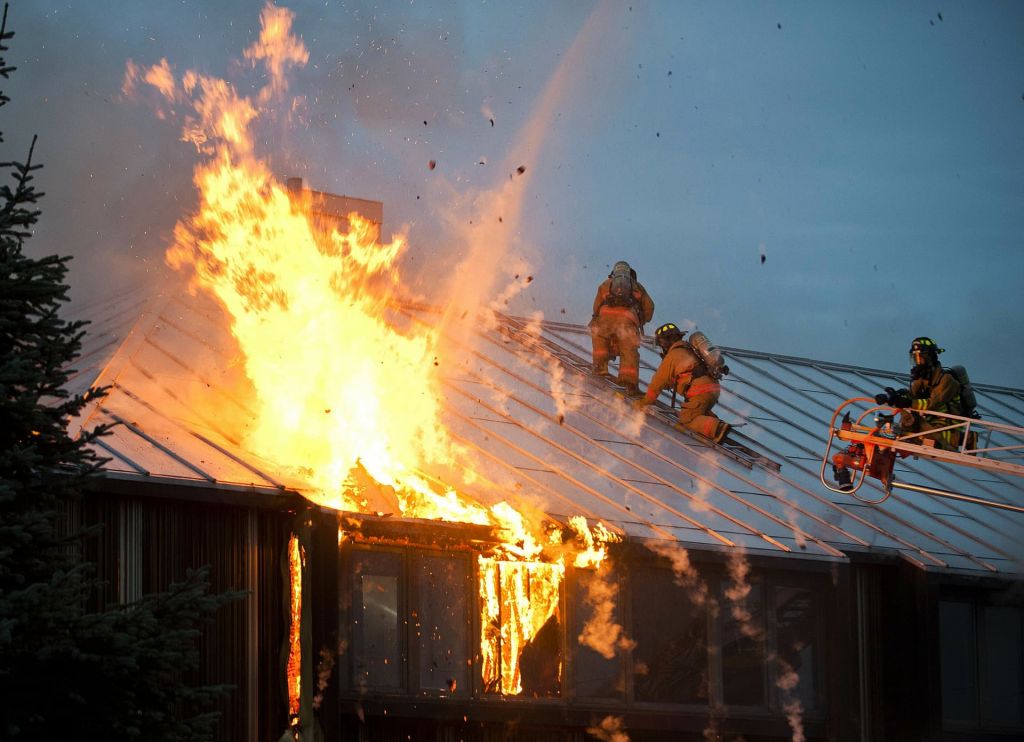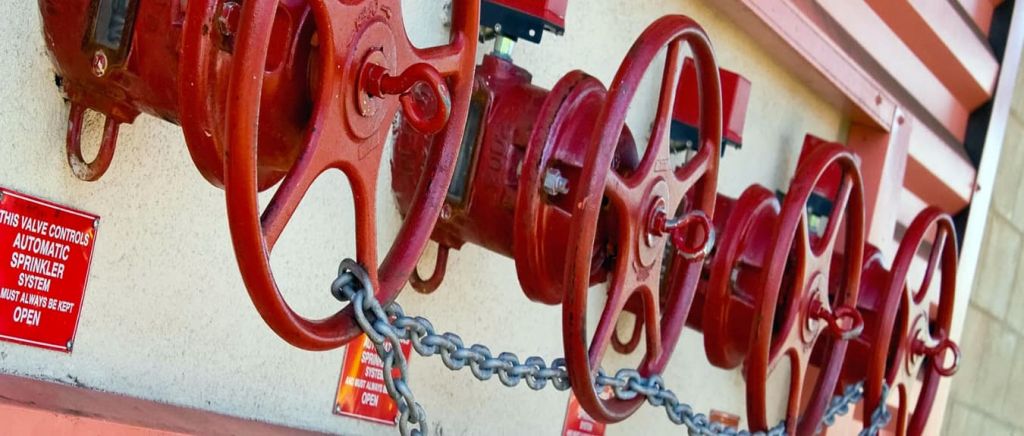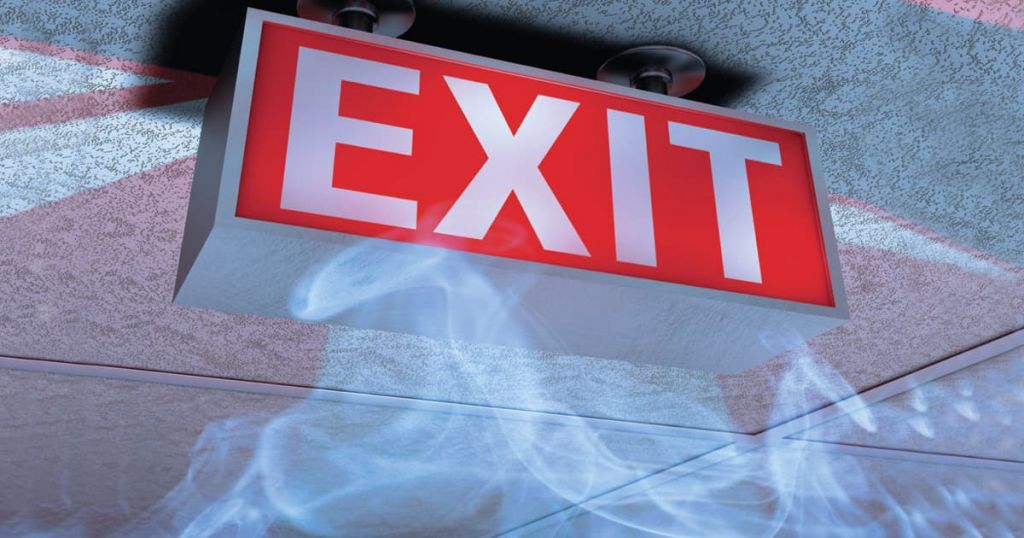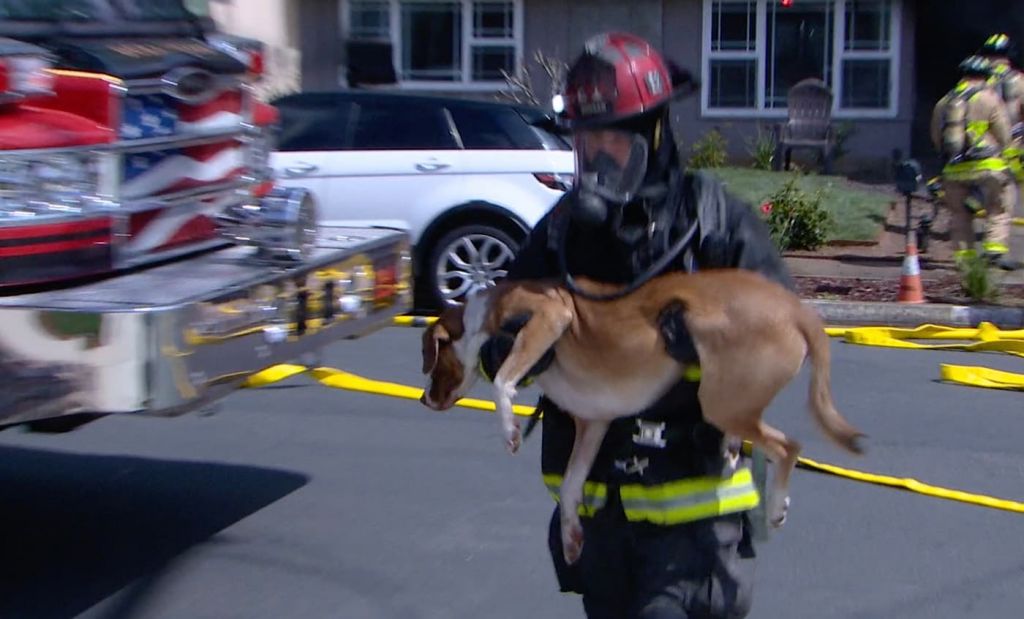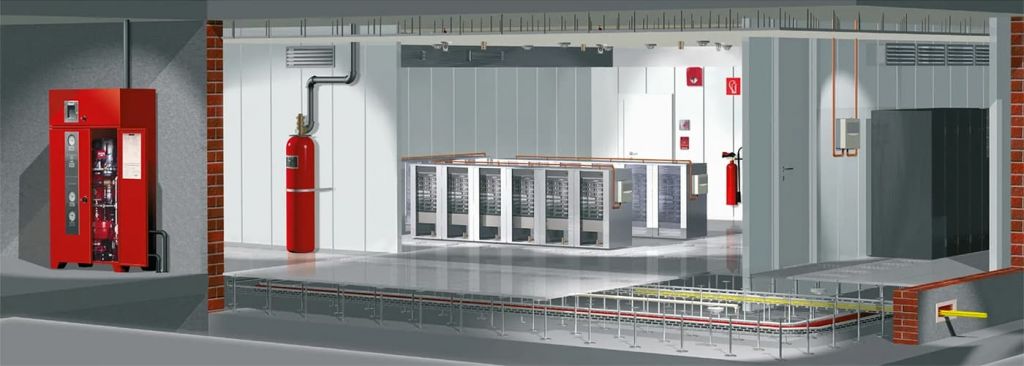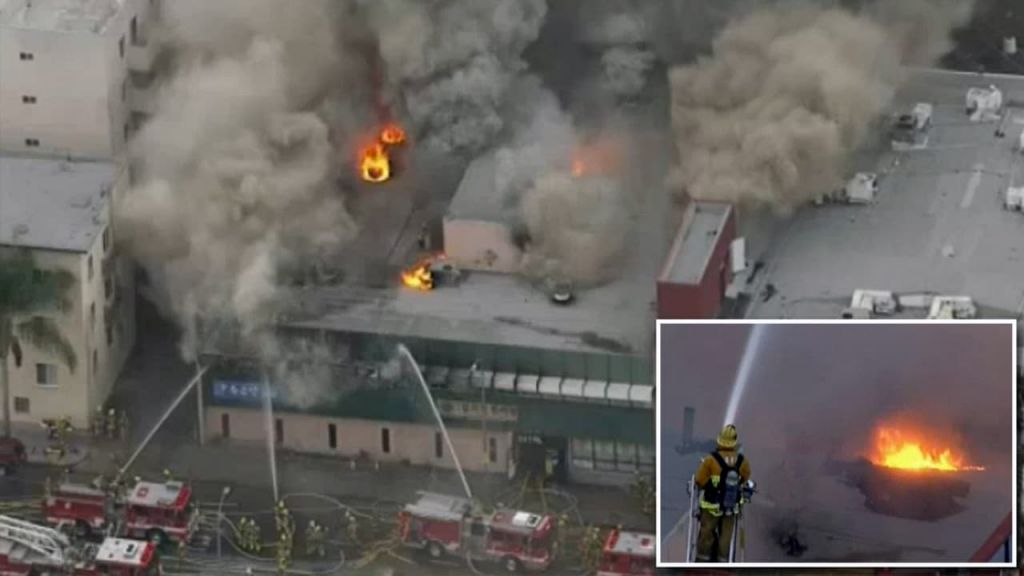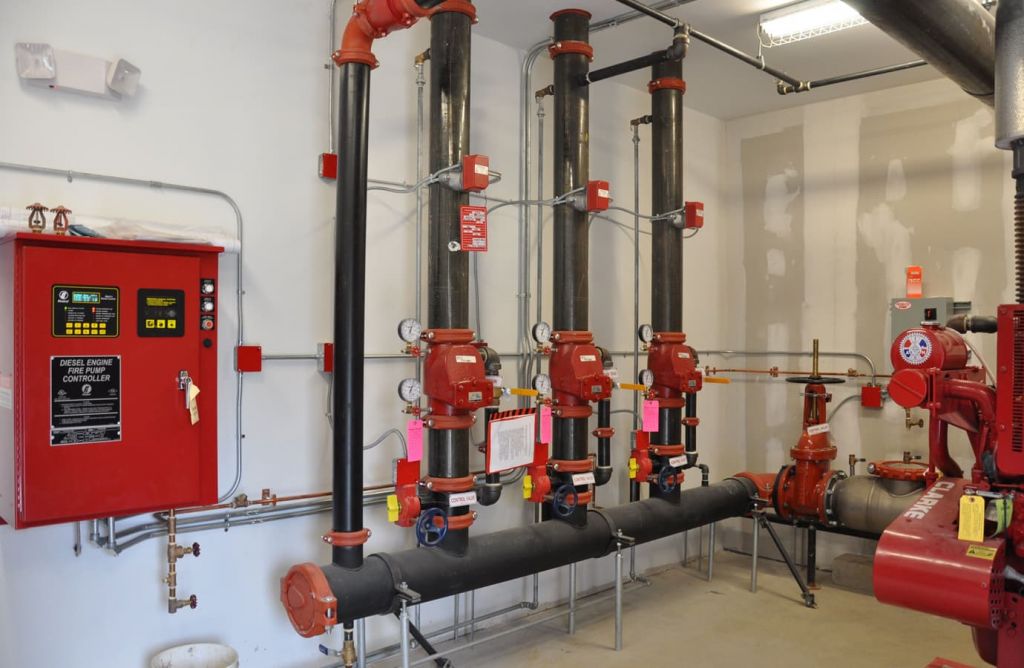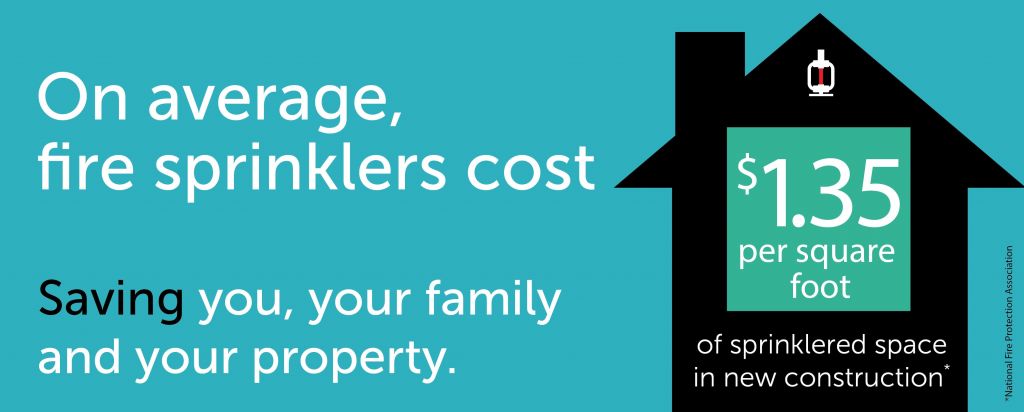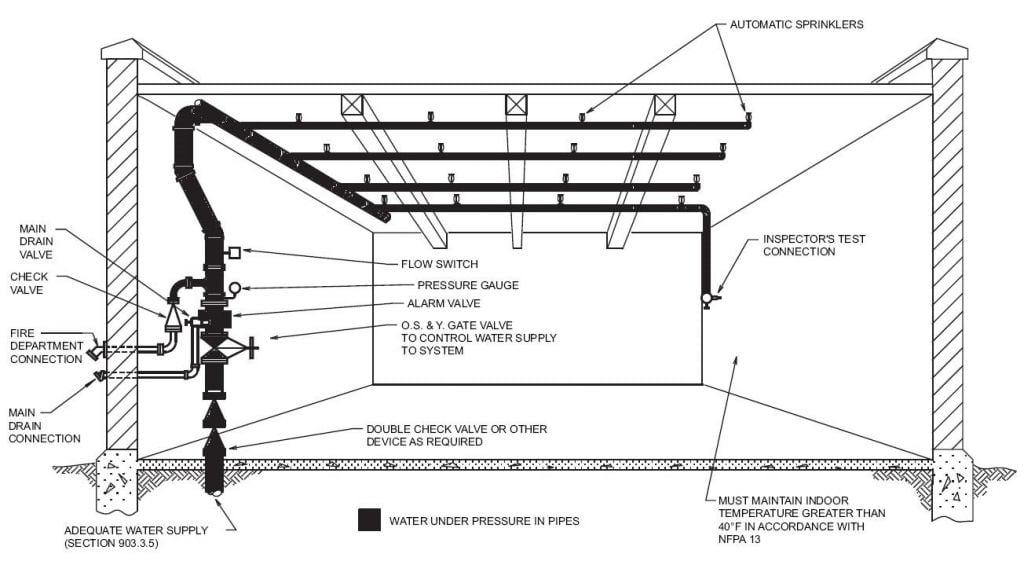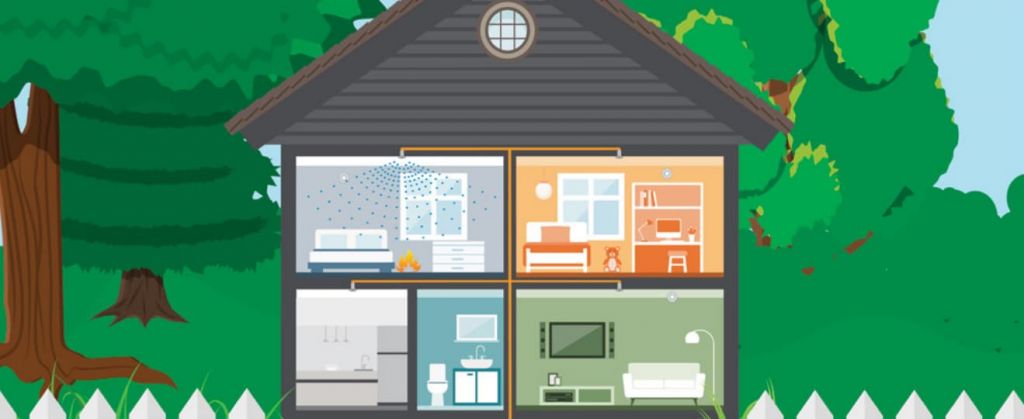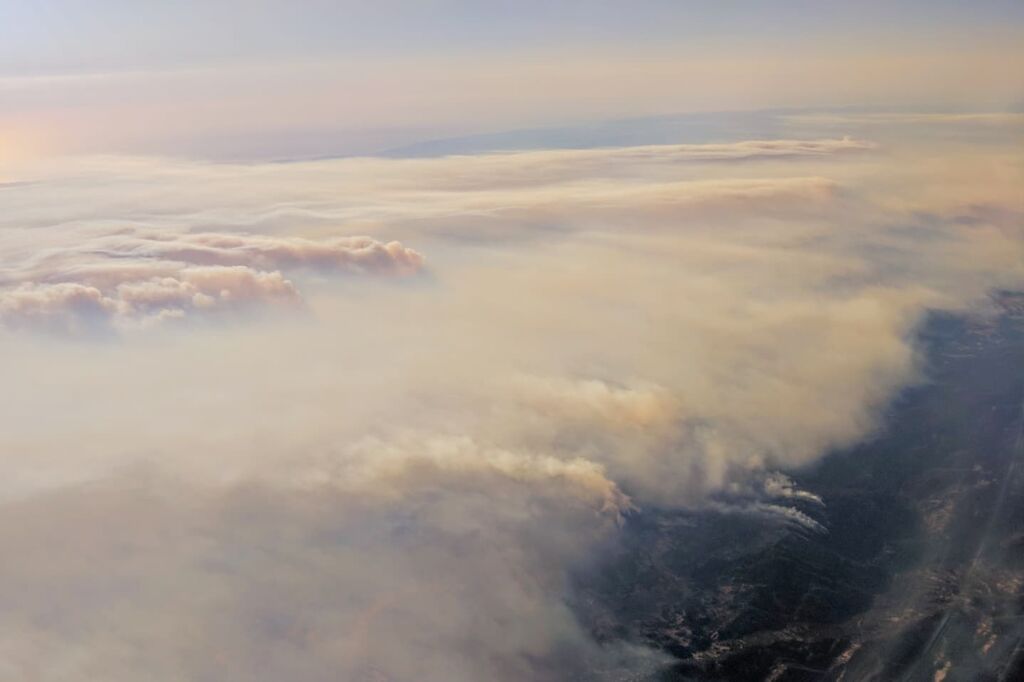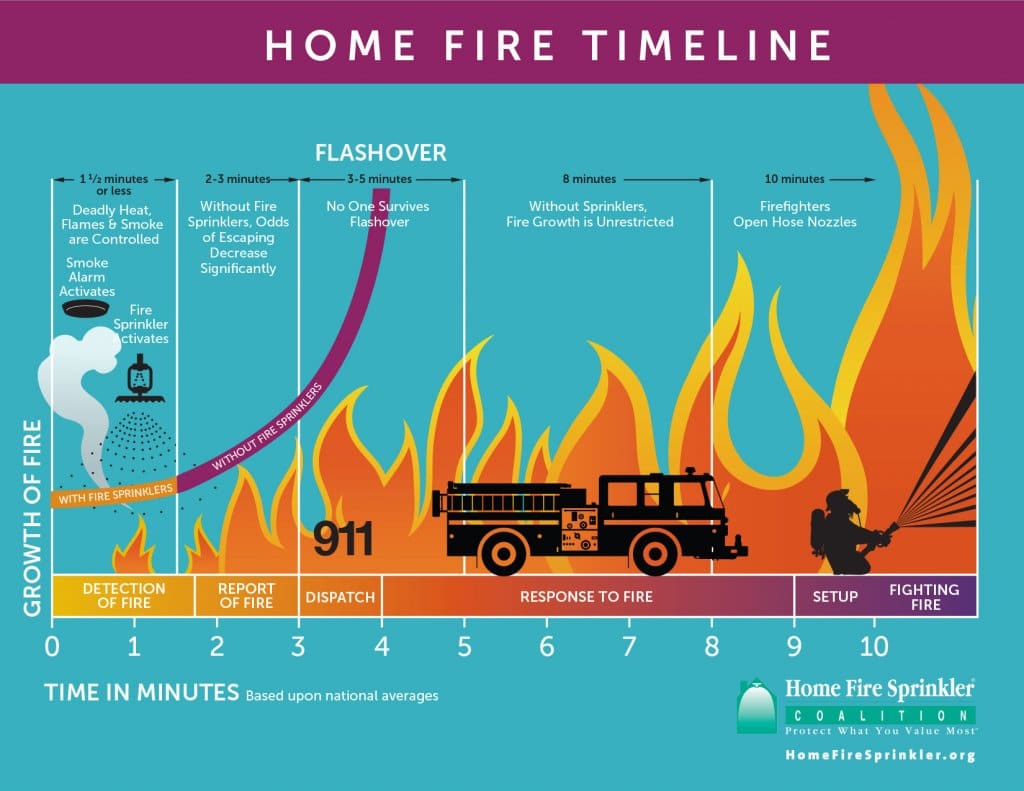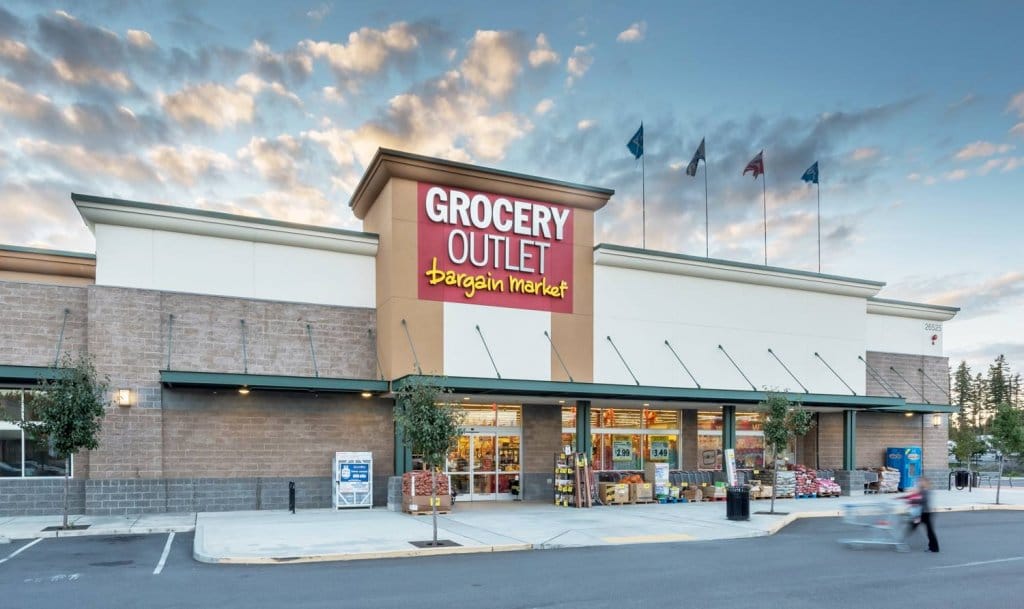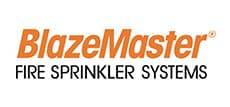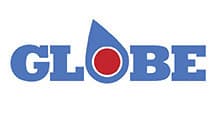Precision Fire Protection News
LA Highway Blaze Catastrophe and the NFPA Ecosystem That Would Have Prevented It

A fire that severely damaged an overpass in Los Angeles over the weekend highlights the fact that safety is achieved through a complex system of interconnected components. When one or more of those components fails, the whole system can break down.
For several years, NFPA has referred to such as system as the NFPA Fire & Life Safety Ecosystem™. The ecosystem includes eight components that must function together to help create safer communities: government responsibility, development and use of current codes, referenced standards, investment in safety, skilled workforce, code compliance, preparedness and emergency response, and informed public.
In the case of the recent LA blaze—the aftermath of which is expected to snarl traffic along a busy stretch of Interstate 10 in downtown LA for weeks—failures in code compliance, development and use of current codes, and government responsibility are the most likely culprits for the system breakdown that led to the costly incident.
According to media reports, the space underneath the I-10 overpass that burned Saturday night was being leased to private entities by the California Department of Transportation through a government program. But oversight was lacking and compliance with applicable codes and standards was allegedly ignored. “This guy and this organization, whoever the members of that particular organization are, have been bad actors,” said California Governor Gavin Newsom, according to KTLA. “We’ve been in a litigious posture for some time. They stopped paying their rent, they’re out of compliance, and as was stated yesterday … they have been subleasing this site to at least five, maybe as many as six tenants, without authorization from [the Department of Transportation] or authorization from our federal partners.”
Pallets and sanitizer: a dangerous combo
Although authorities are still investigating the exact circumstances that led to the fire, sources with knowledge of the incident have told news outlets that it appears to have been intentionally set and that the storage of wood pallets and hand sanitizer under the overpass contributed to the intensity of the blaze. Both wood pallets and hand sanitizer are known to fuel fires.
“Pallet fires release large amounts of energy and can spread to adjacent materials, buildings, and structures,” said Robin Zevotek, an engineer at NFPA. “This is in part because stacked pallets provide ideal airflow spaces that contribute to fire spread while, at the same time, pallets toward the top of a stack shield the ones on the bottom of a stack, making suppression difficult. Fires involving pallets, whether they are wood or plastic, is a challenge for firefighters.”
RELATED: Learn how NFPA 13 addresses idle pallet storage in this blog from NFPA
In addition to an unknown number of wood pallets, hand sanitizer that had been accumulated during the COVID-19 pandemic was also reportedly being stored under the overpass. It’s unclear if the sanitizer was being stored using the wood pallets, or if they were somehow stored separately.
As a flammable liquid, the presence of hand sanitizer can lead to conditions where fires are more easily ignited and, once a fire starts, provide more fuel for it. In 2022, it was revealed after a warehouse in Oklahoma burned down that the facility was illegally storing an estimated 1.5 million gallons of hand sanitizer on roughly 8,000 pallets.
With hand sanitizer solutions typically being around 70 percent ethanol, they have a flammable liquid flashpoint between 60 and 70 degrees F, which is the temperature at which they begin giving off flammable vapor. If an ignition source, such as a flame, is then introduced and oxygen is present, fires can start. Temps in LA reached nearly 80 degrees over the weekend.
“They don’t need any external heat source to cause them to give off those vapors,” Guy Colonna, a former NFPA engineer, says in a video NFPA produced in 2020 about the dangers of storing large amounts of hand sanitizer. “Once those vapors concentrate in those right proportions … then the only thing that’s missing in order to make them ignitable is a viable ignition source.”
VIDEO: Watch a video from NFPA explaining the fire safety considerations of hand sanitizer
Both the hazards of pallet storage and hand sanitizer storage can be mitigated through the use of NFPA codes.
NFPA 1, Fire Code, for instance, provides guidance on how high stored pallets can be stacked and how close pallets can be placed to different types of structures. “Limiting the height of the pallet piles, the number of pallets stored, and the proximity of pallets to a building all play a role in reducing the hazard,” said Zevotek.
NFPA 30, Flammable and Combustible Liquids Code, provides safety requirements for storing more than five gallons of a flammable liquid, including hand sanitizer. The code outlines protection measures such as placing the stored materials in a flammable liquids cabinet or in an area protected by an automatic fire sprinkler system.
Was homelessness a factor?
Investigators were clear in interviews this week that no information currently suggests an individual experiencing homelessness was responsible for the recent LA fire. However, homeless individuals were known to frequent the area where the fire occurred, and according to an article published in NFPA Journal in May, homeless-related fires have been on the rise in LA and elsewhere across North America in recent years.
“The rise in these kinds of fires in the United States, experts say, is largely due to an increase in homelessness in general, brought on in part by economic upheaval and by an overheated housing market that is increasingly bumping rents and purchase prices beyond the means of more and more Americans,” the article states. “The homeless population in the U.S. grew from roughly 550,000 people in 2016 to more than 580,000 people in 2020.” Many homeless-related fires start in homeless encampments, where warming or cooking fires can easily spread to nearby tents and other structures. Other reported causes of these blazes include arson, smoking, and using fire as a weapon.
If homelessness were determined to be a factor in the fire that damaged the I-10 overpass Saturday night, it could represent a failure in another component of the Fire & Life Safety Ecosystem: informed public.
Lacking an effective means of code enforcement in environments such as homeless encampments, fire departments and public health officials in urban areas where homelessness is rampant have turned to public education efforts to help stem the rise in homeless-related fires, according to the NFPA Journal article.
“A part of any good community risk reduction program is identifying and addressing safety challenges among at-risk populations,” Karen Berard-Reed, a senior community risk reduction strategist at NFPA, told the magazine. “If a community is seeing a large or rising number of fires in homeless encampments, for example, efforts should be made to reach out to and educate those communities on fire safety.”
SOURCE: NFPA
PEOPLE We Protect
Our Distributors and Suppliers
Experience
Our team started in the fire protection industry over 20 years ago. Since then we have grown into a statewide fire protection construction leader. Our team of project managers, engineers, designers, inspectors, installers, and technicians all share a passion for quality work and high standards. Precision Fire Protection understands the need to complete projects with integrity, safety, and precision!
Dedication
Our mission is to provide our customers with timely, high quality, affordable fire protection services that are guaranteed. We strive to achieve our client’s complete satisfaction. We are relentless in applying the highest ethical standards to ourselves and to our services and in communications with our customers. We aim to fulfill that mission in everything we do.
Precision
Precision Fire Protection keeps its team together, even when it's not. Just as vital as field personnel’s tools are, our project managers are equipped with the latest software to manage projects. Our project managers send dailies, RFIs, and plan revisions to the cloud so that everyone has access no matter where they are. Being connected is our way of ensuring every project goes smoothly.
Safety
Our team of multi-certified managers and supervisors are highly experienced in job safety. Our managers are OSHA certified to handle each project with care and sensitivity to every unique job site. By ensuring on-site safety on every project we work on throughout Southern California, Precision Fire Protection has developed positive relationships with our General Contractors.



